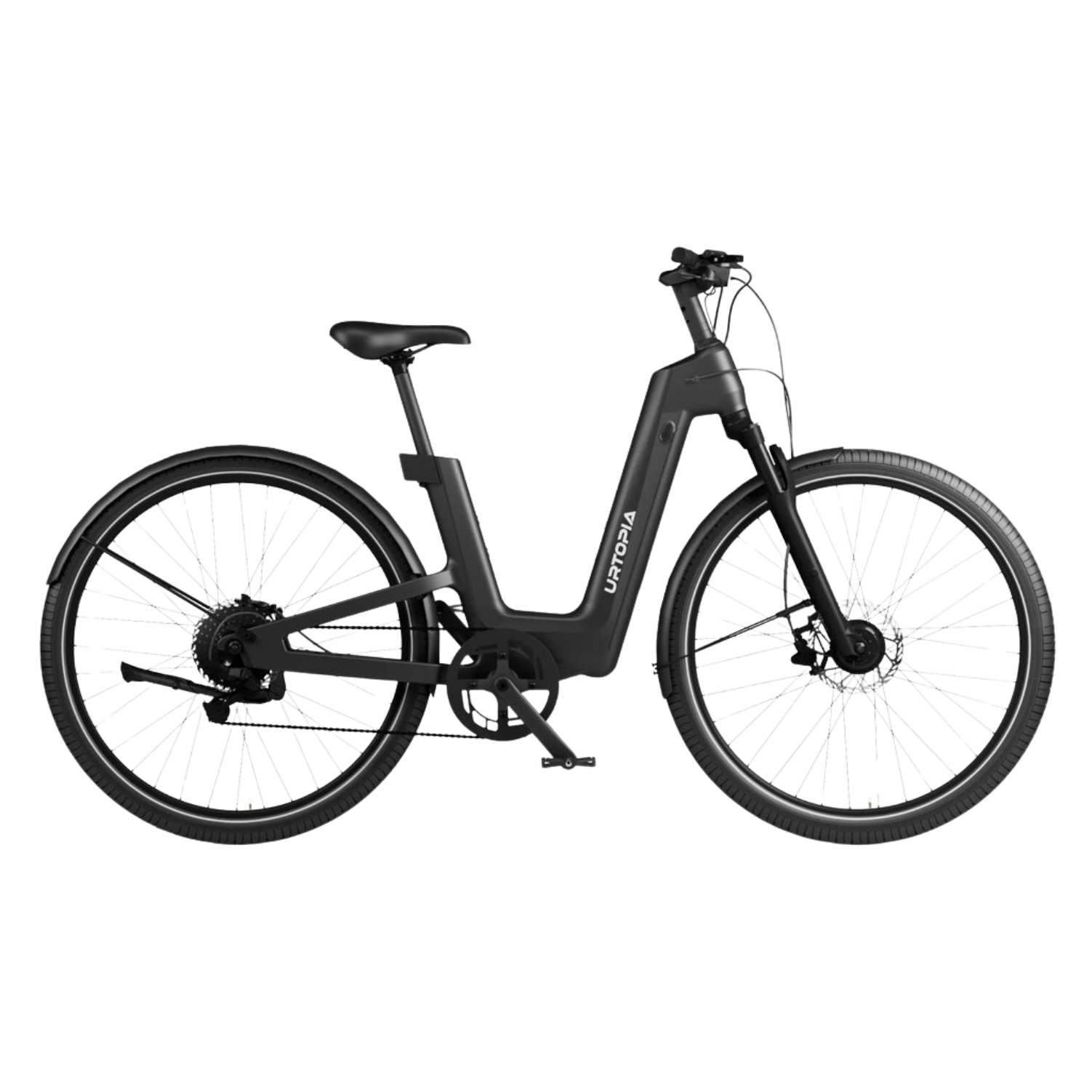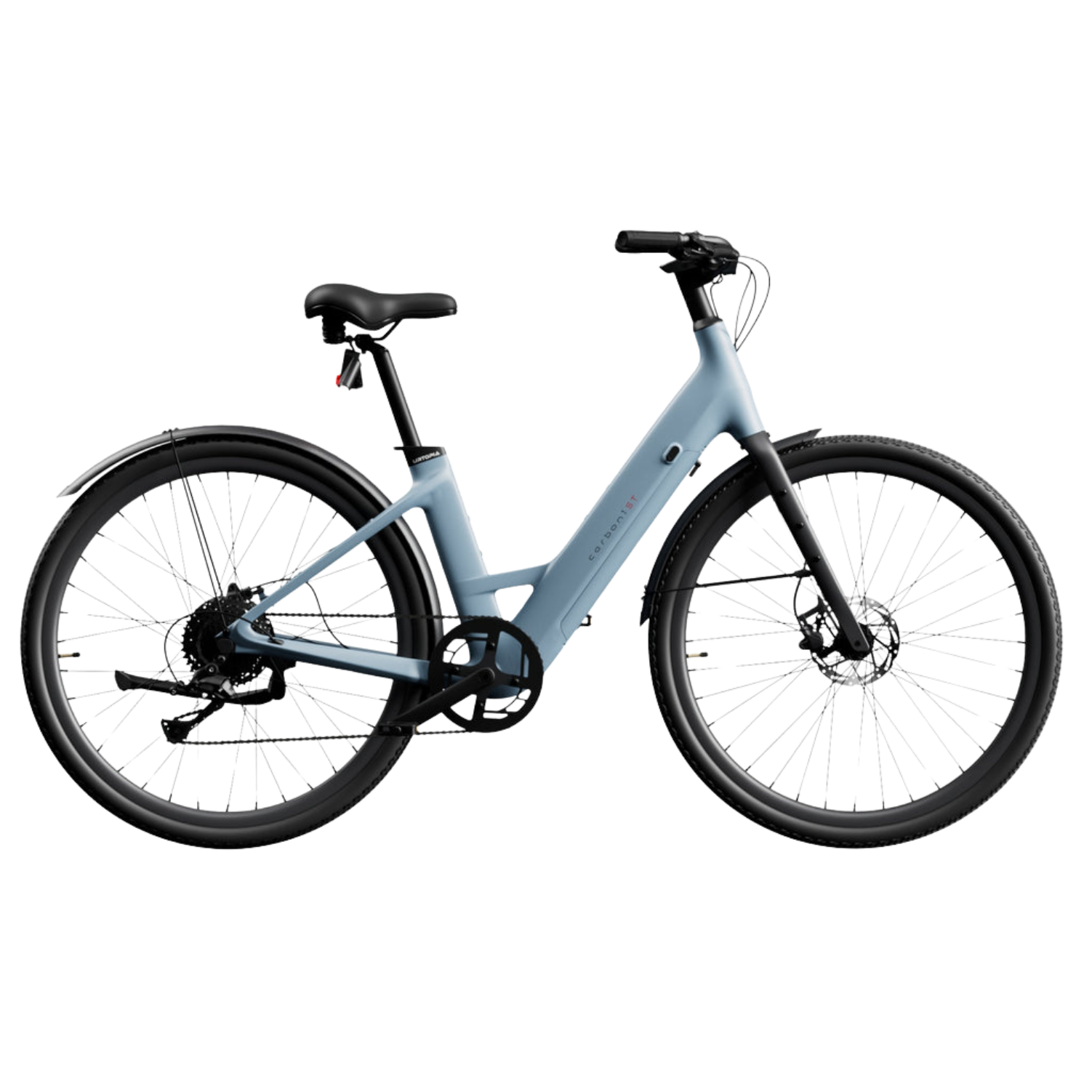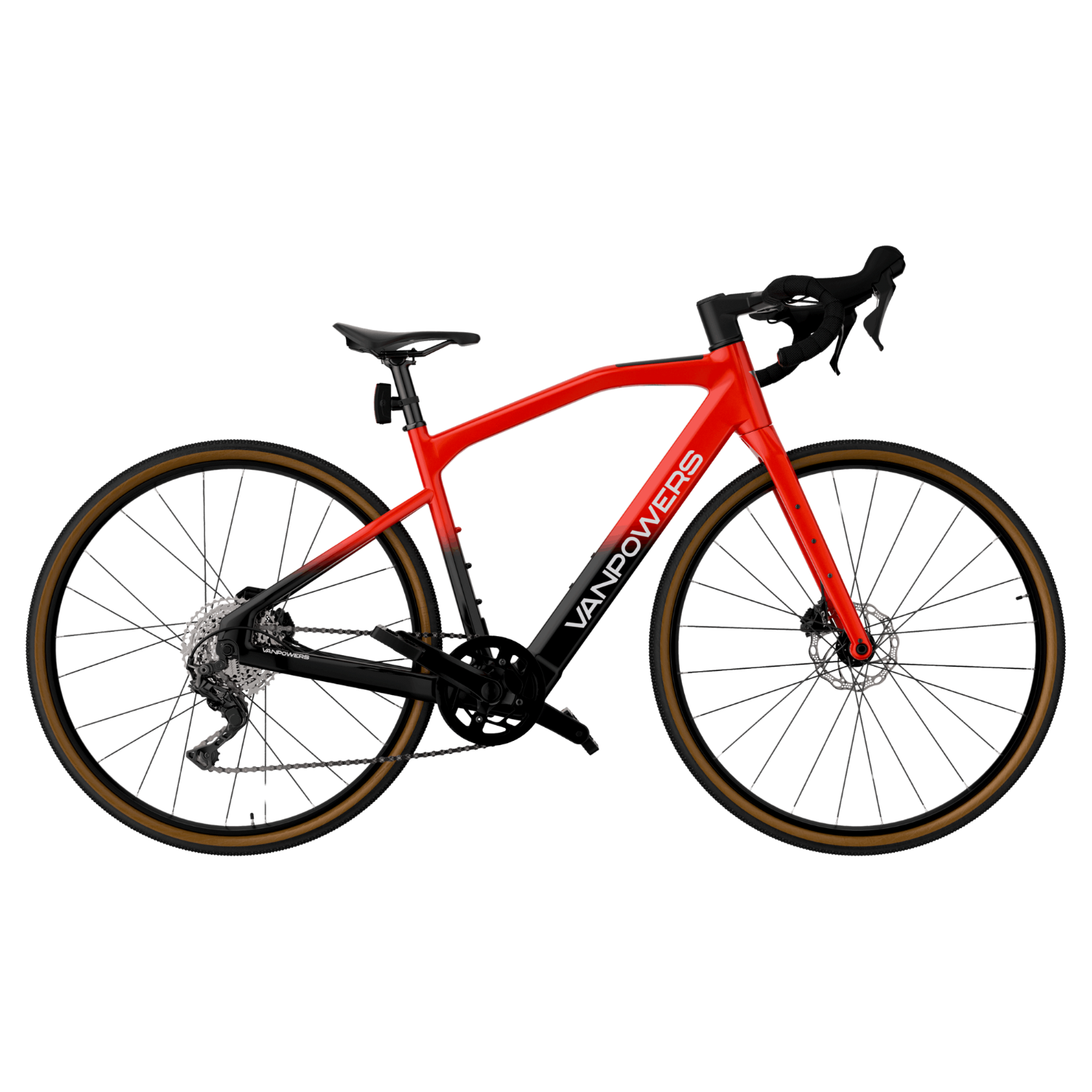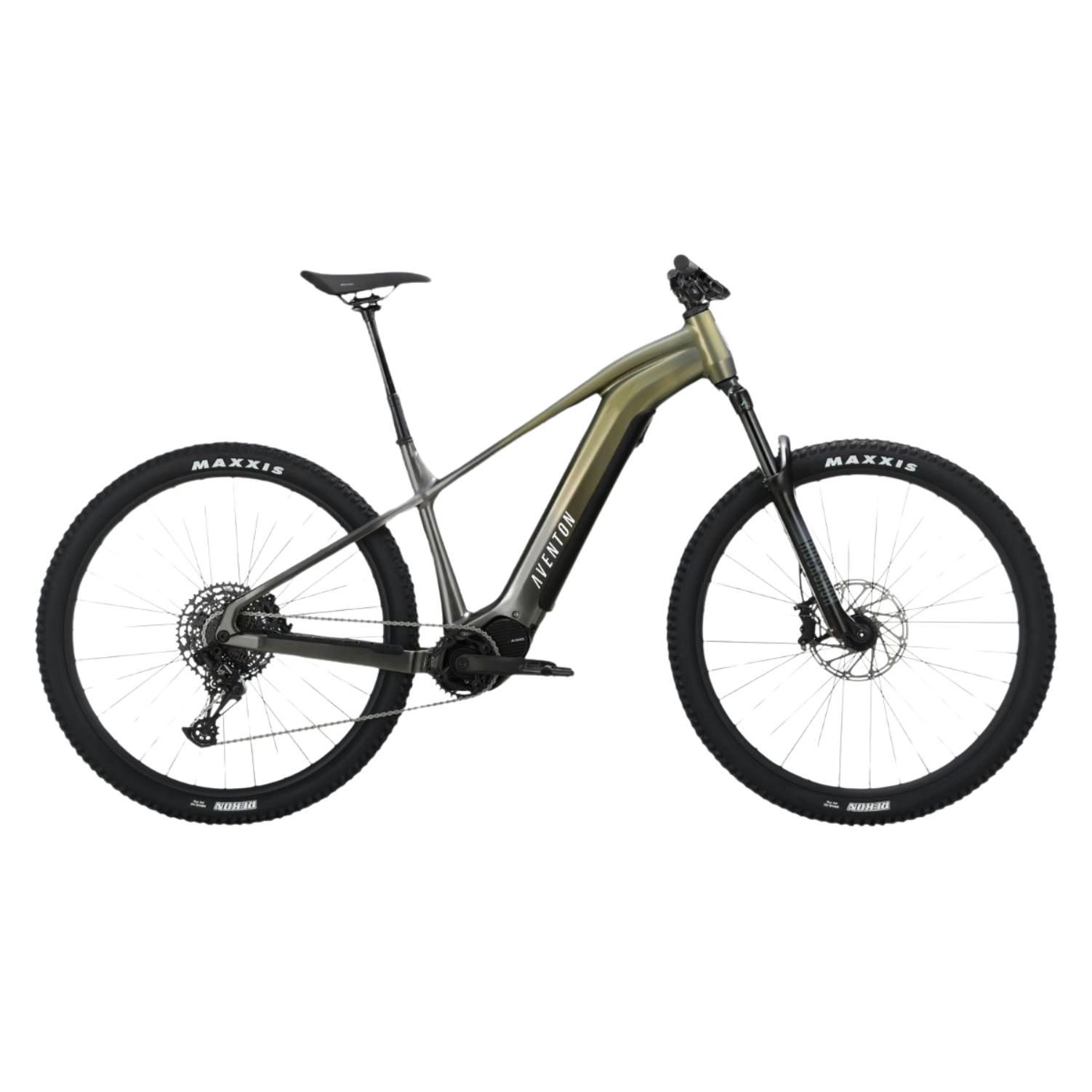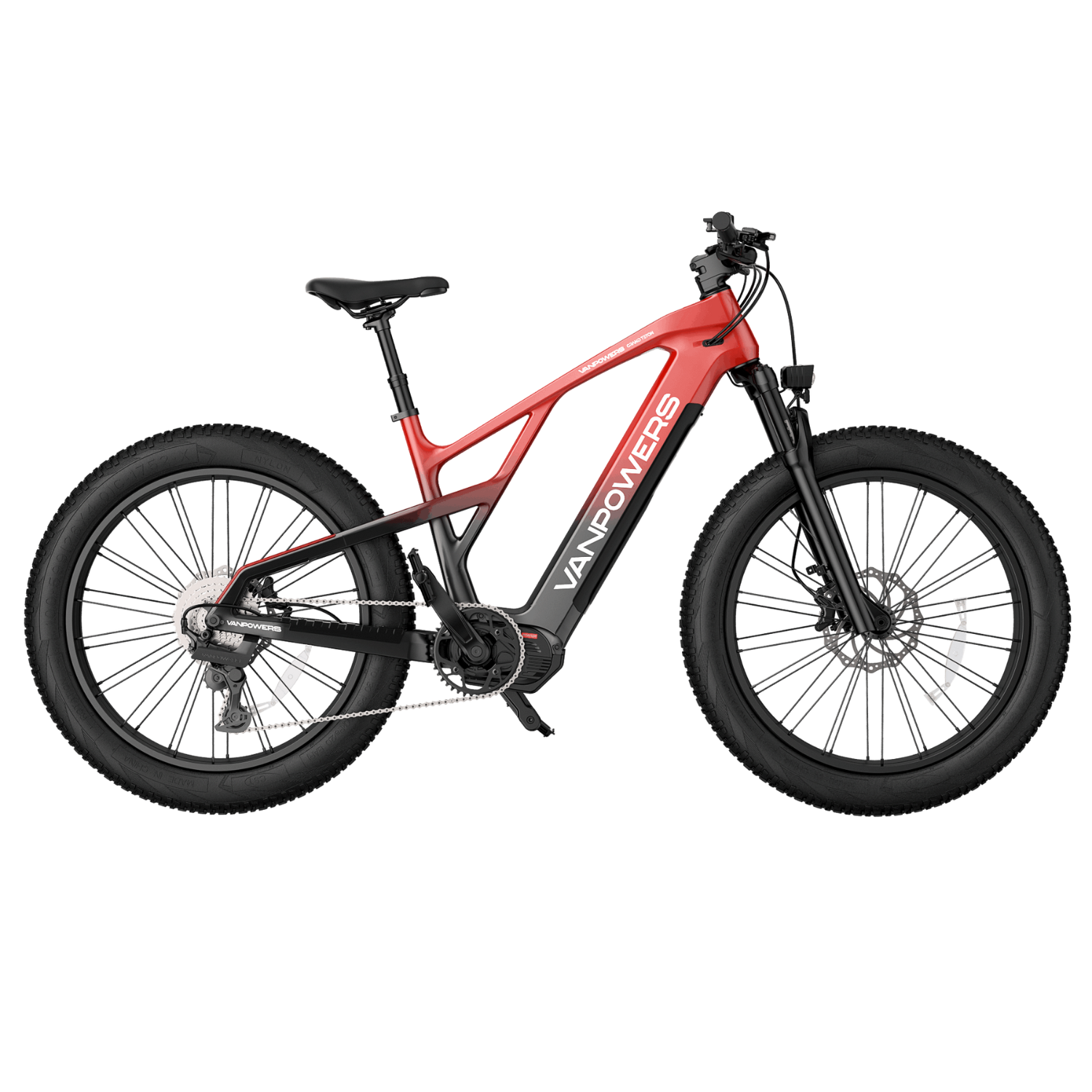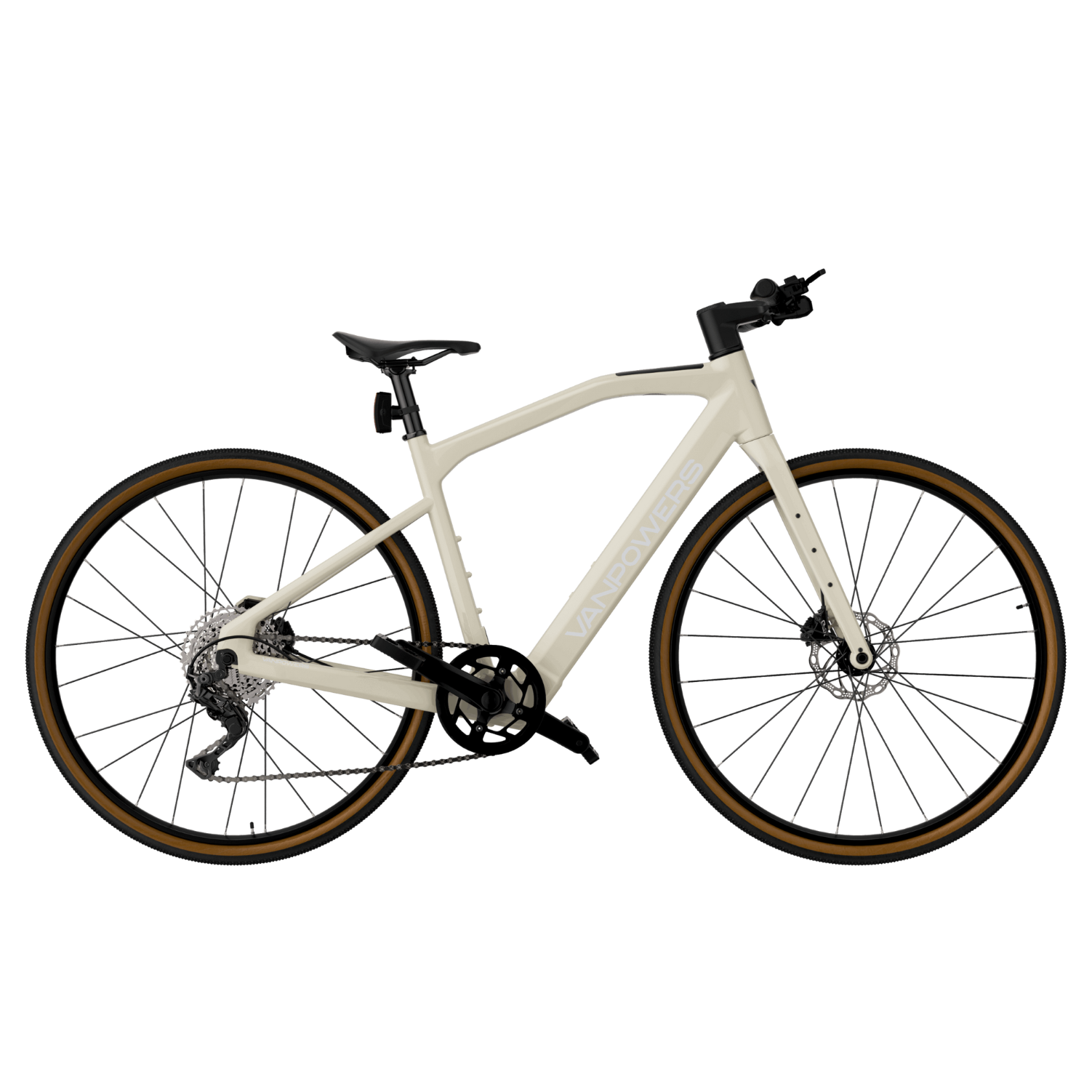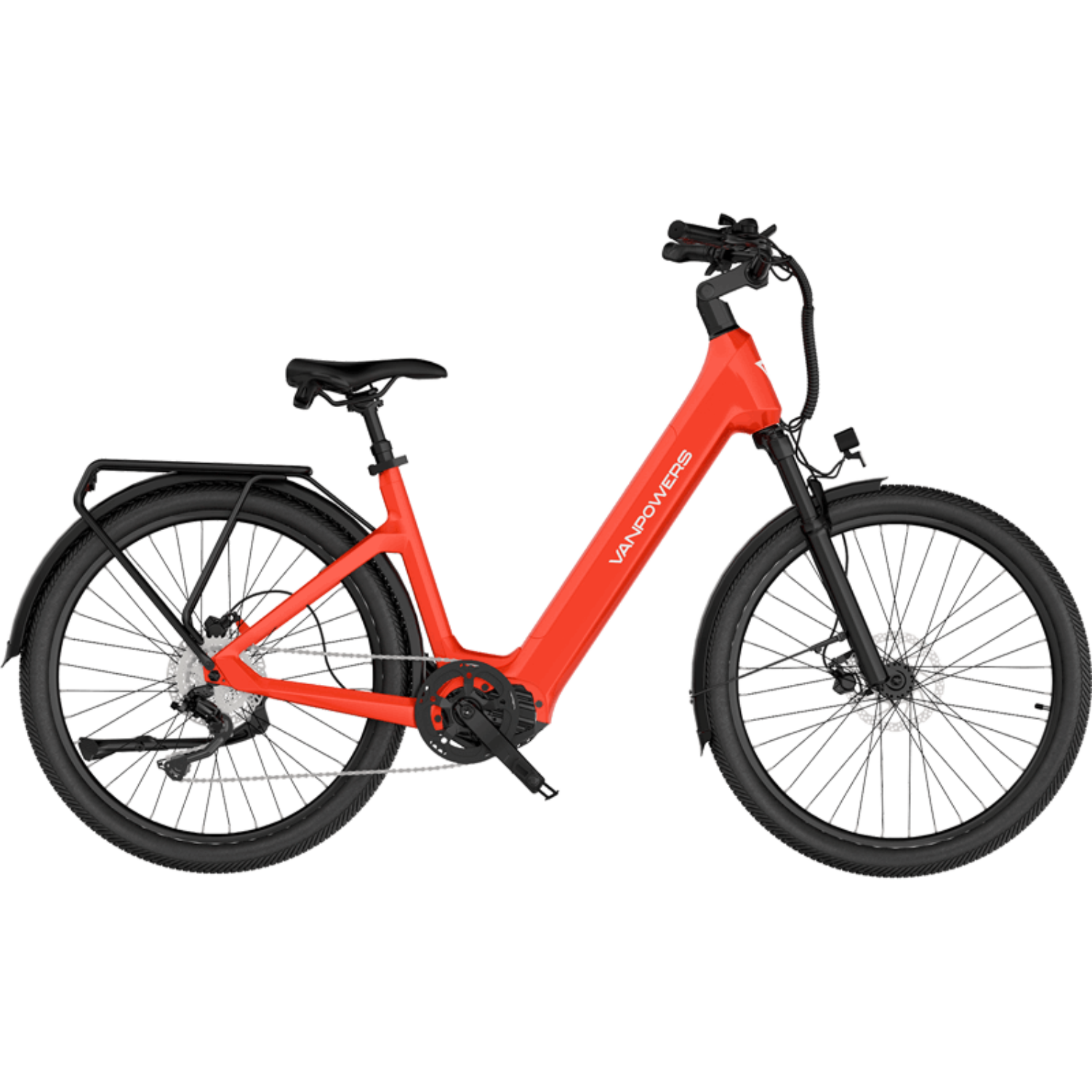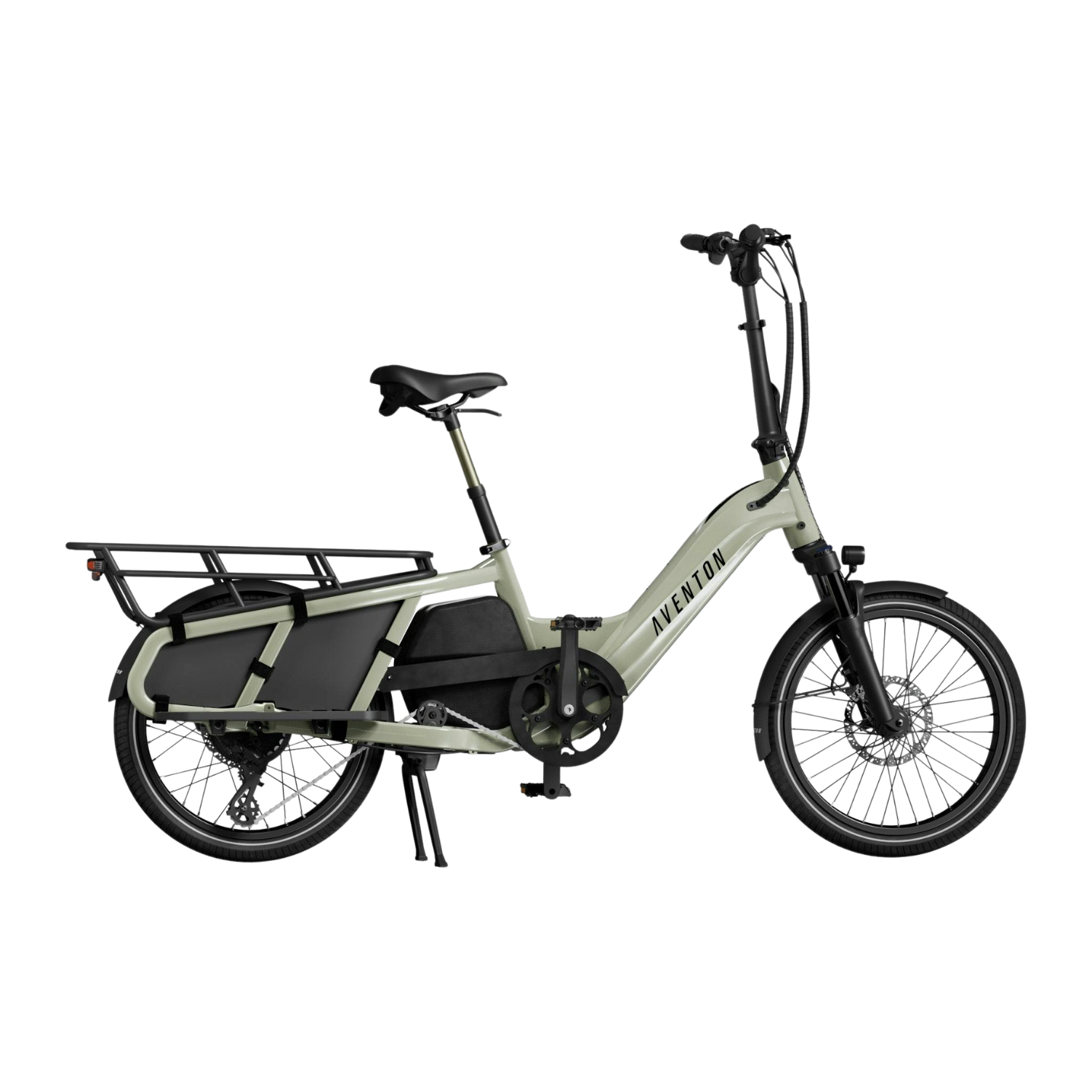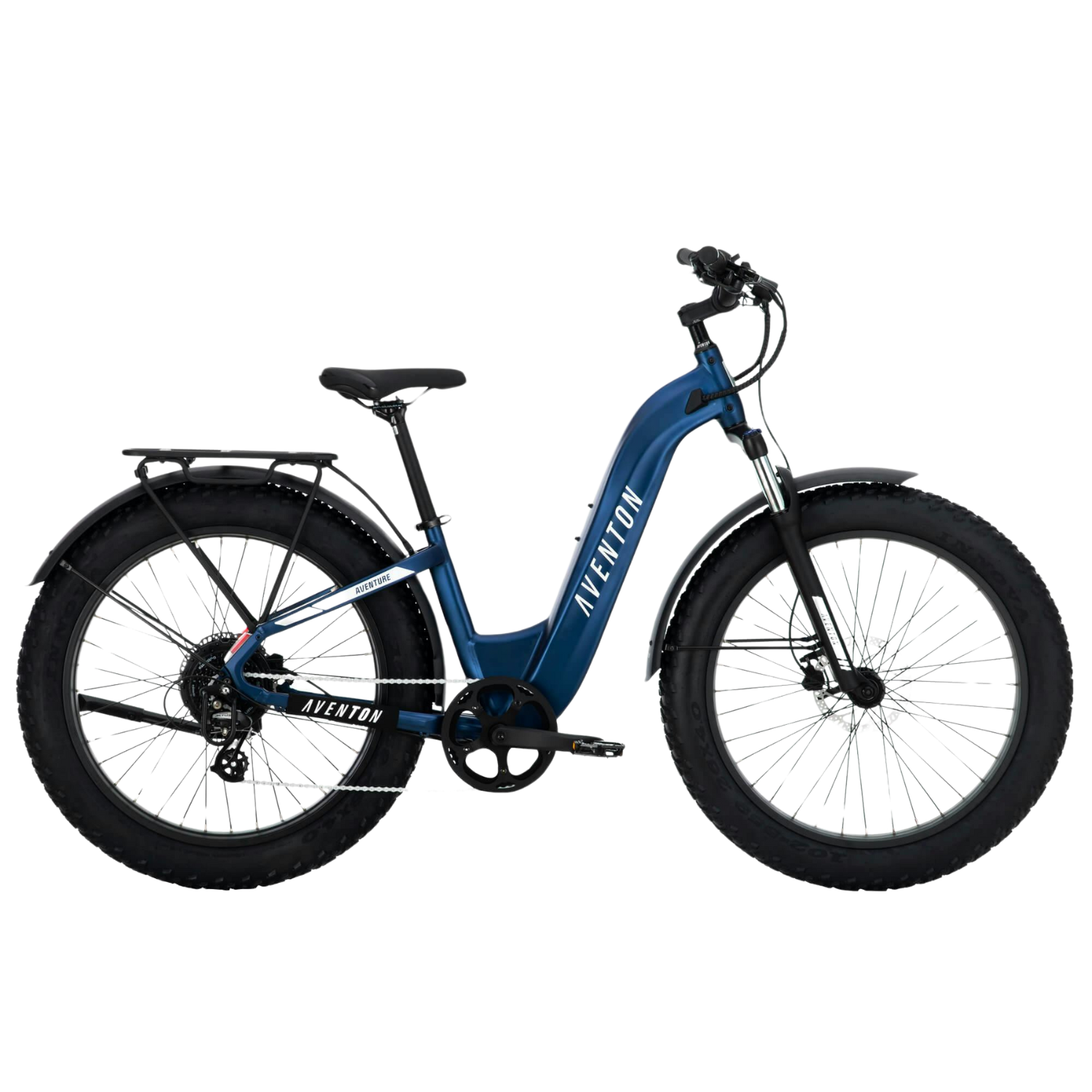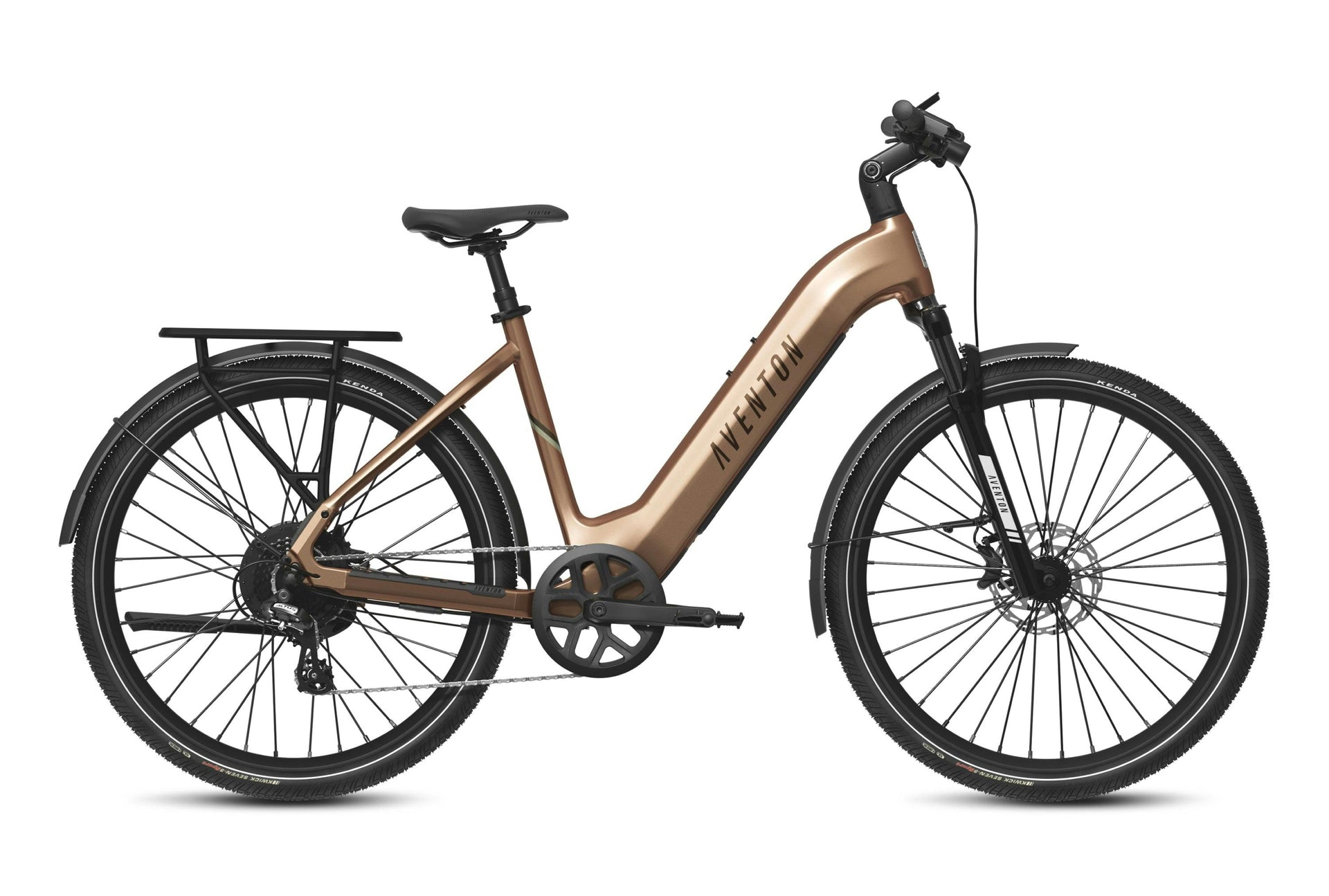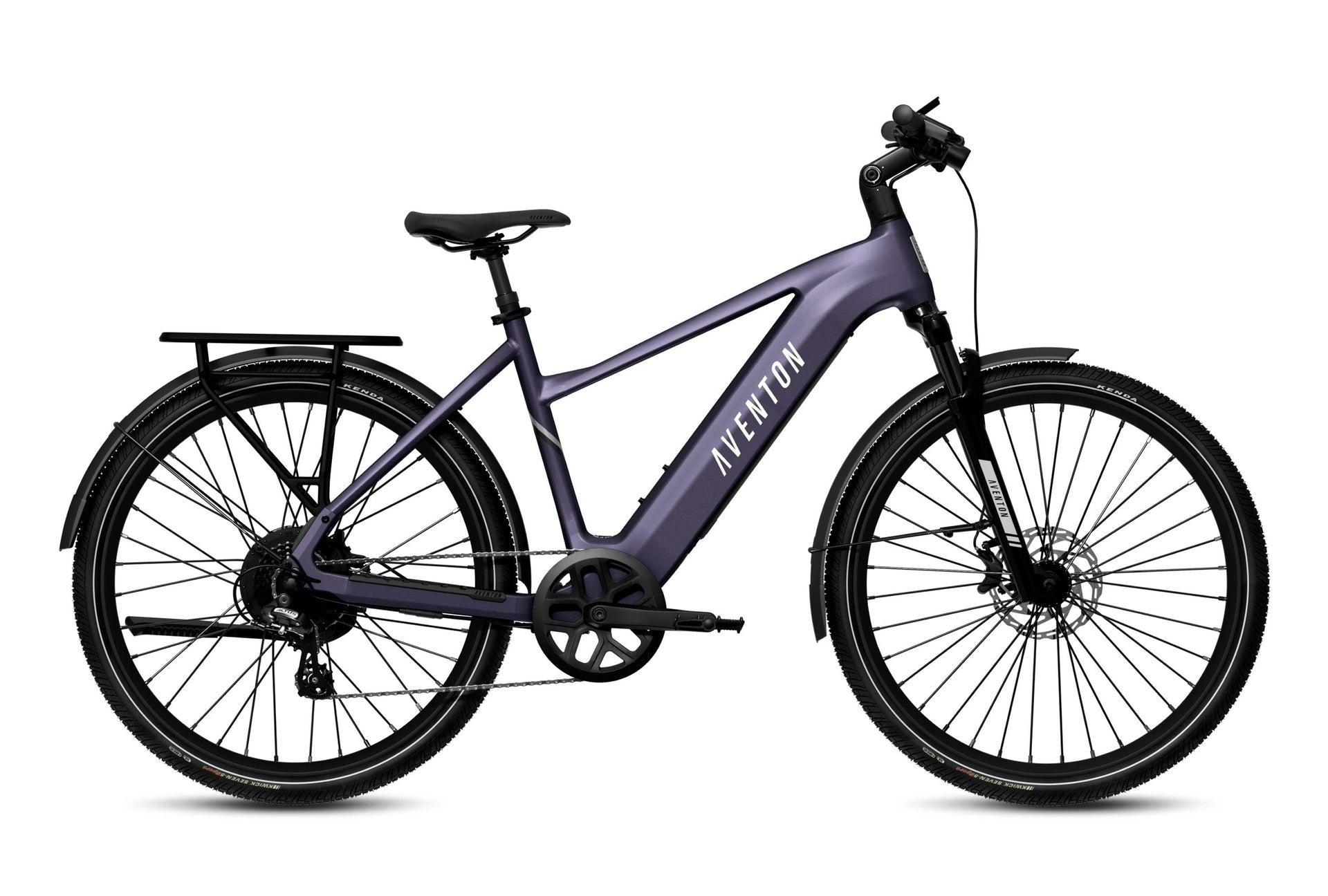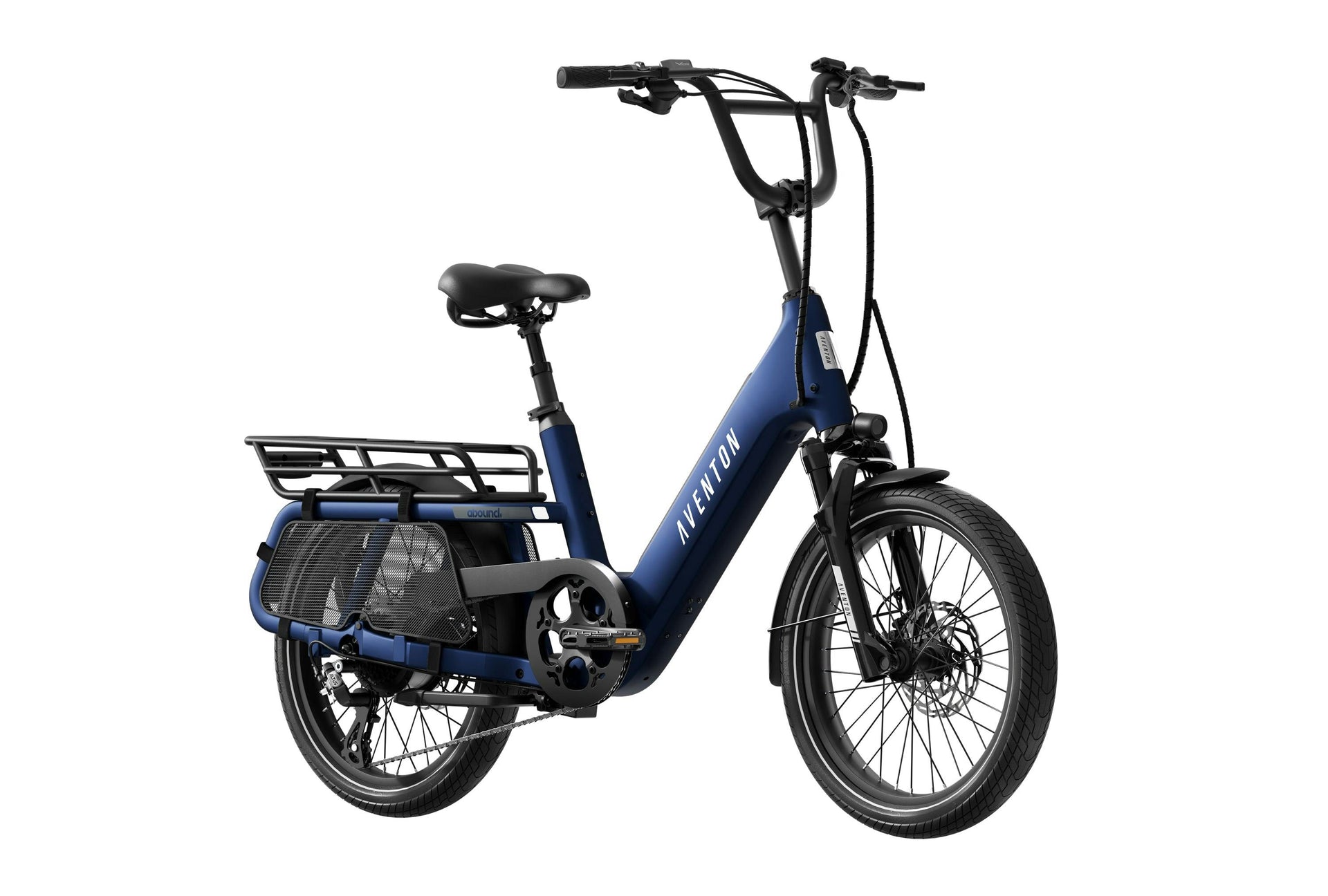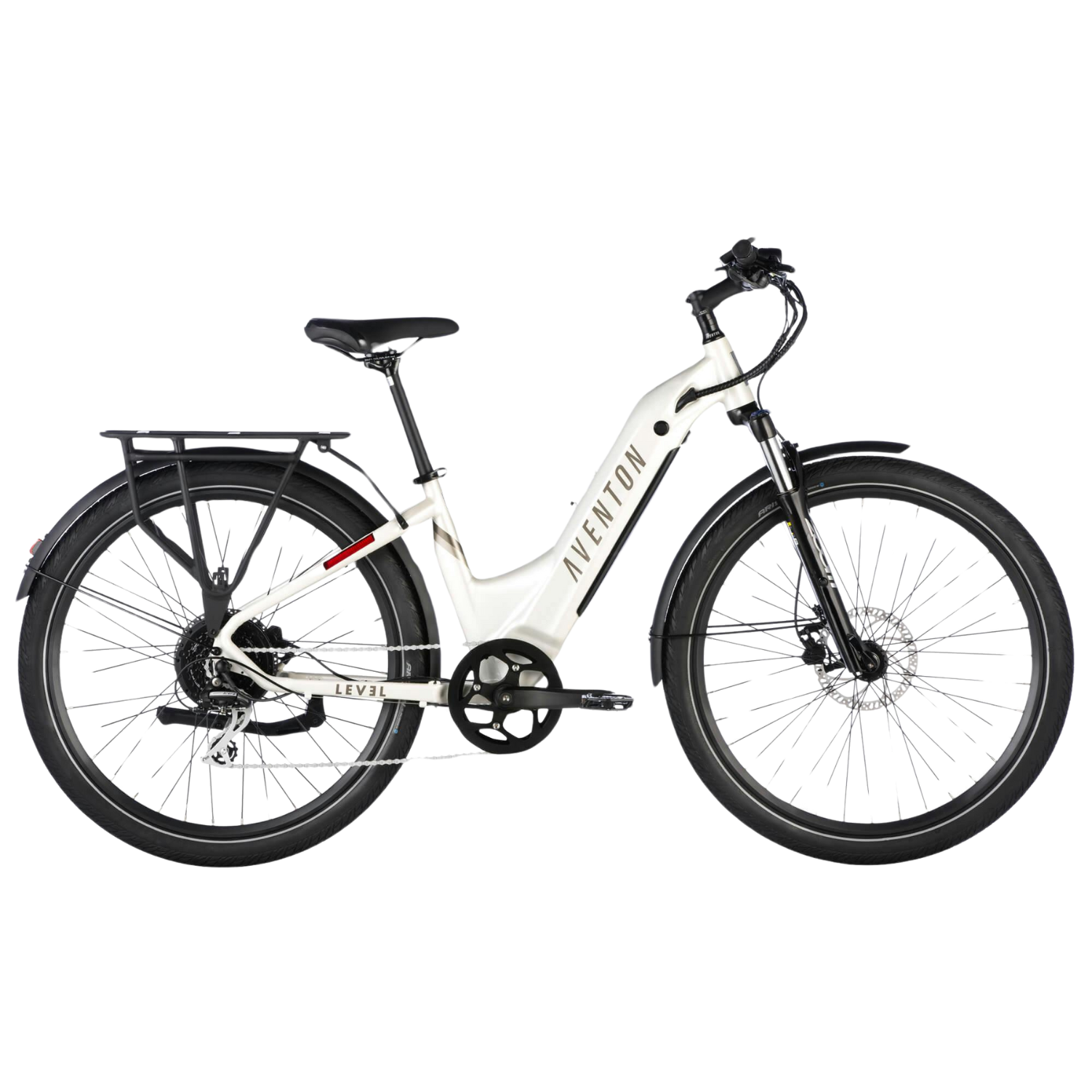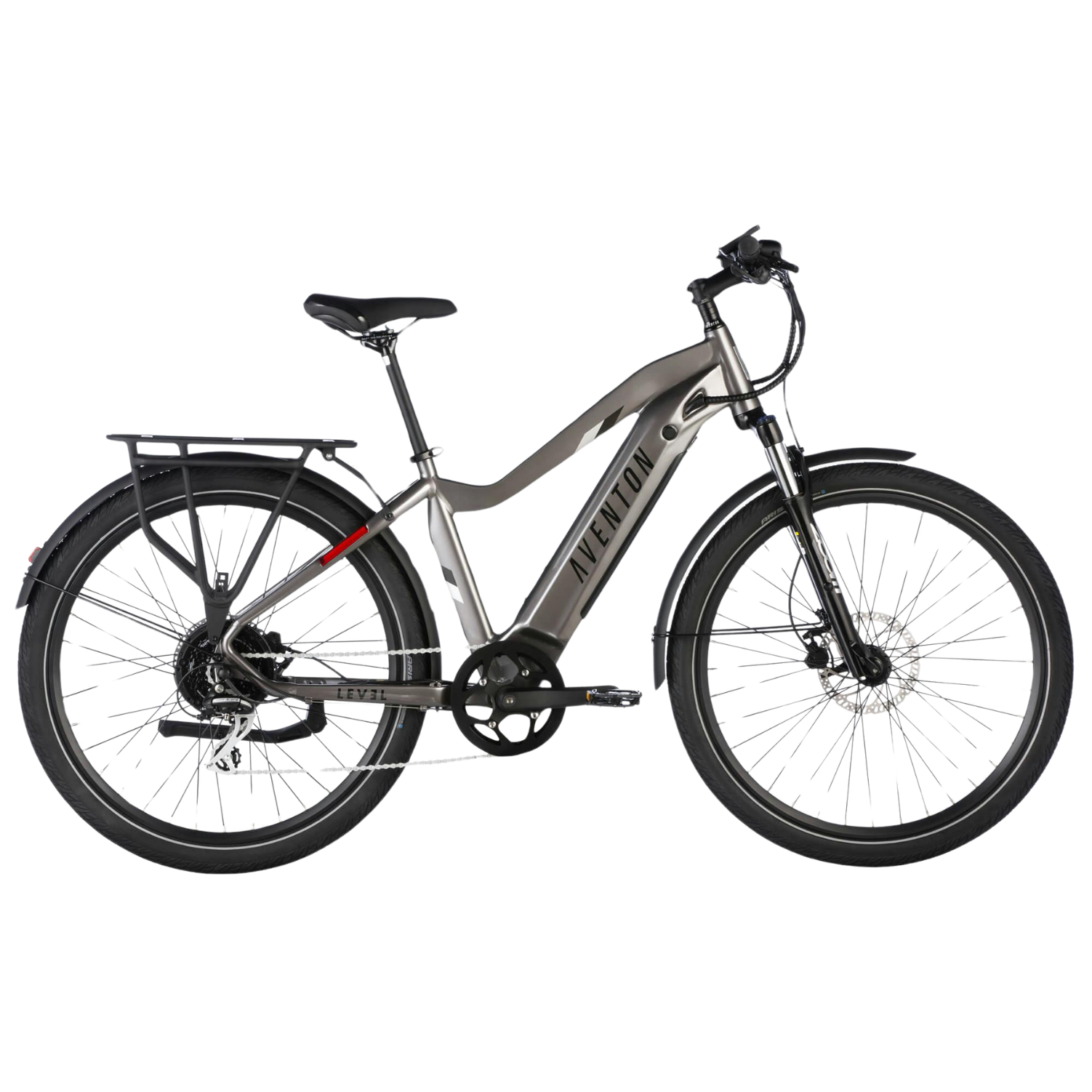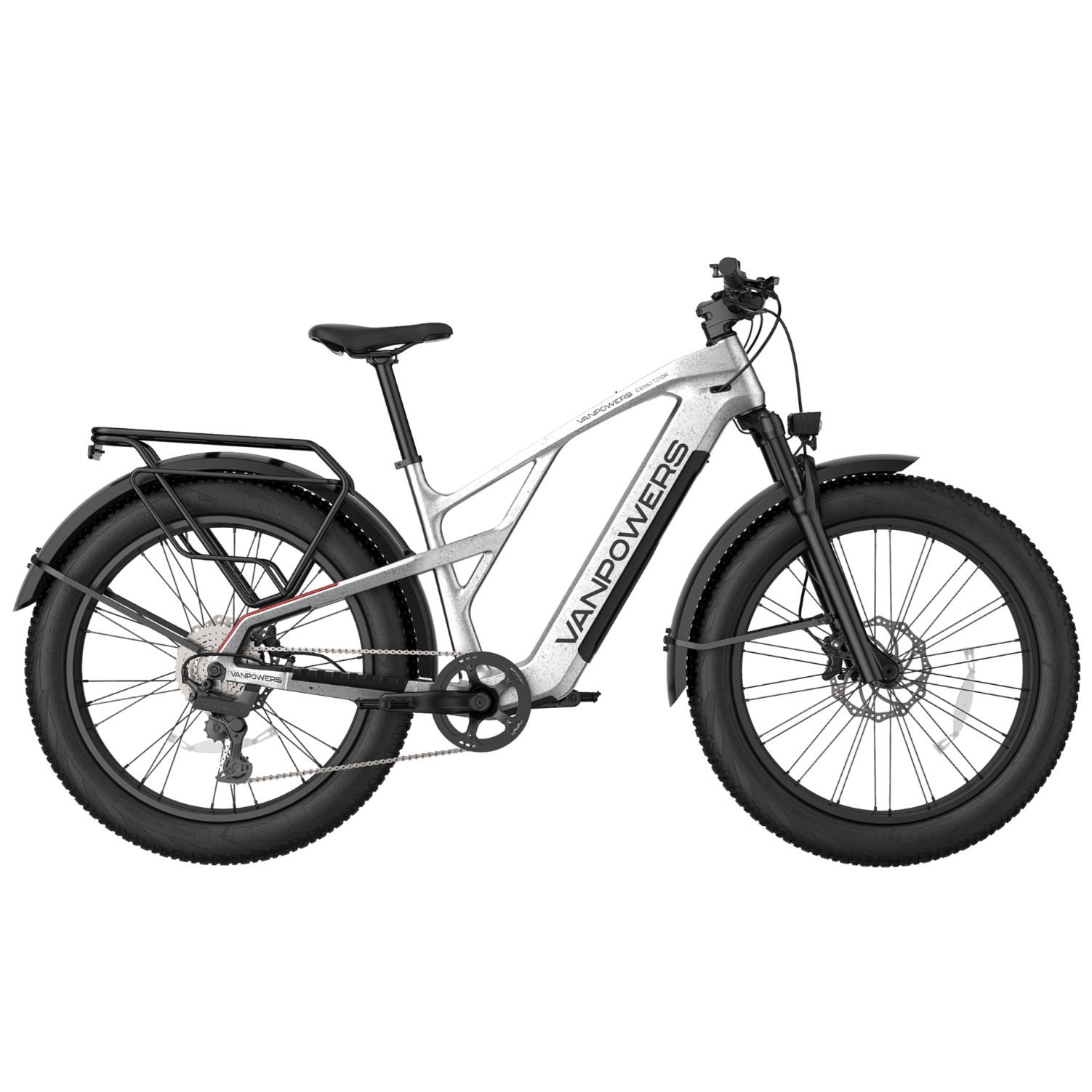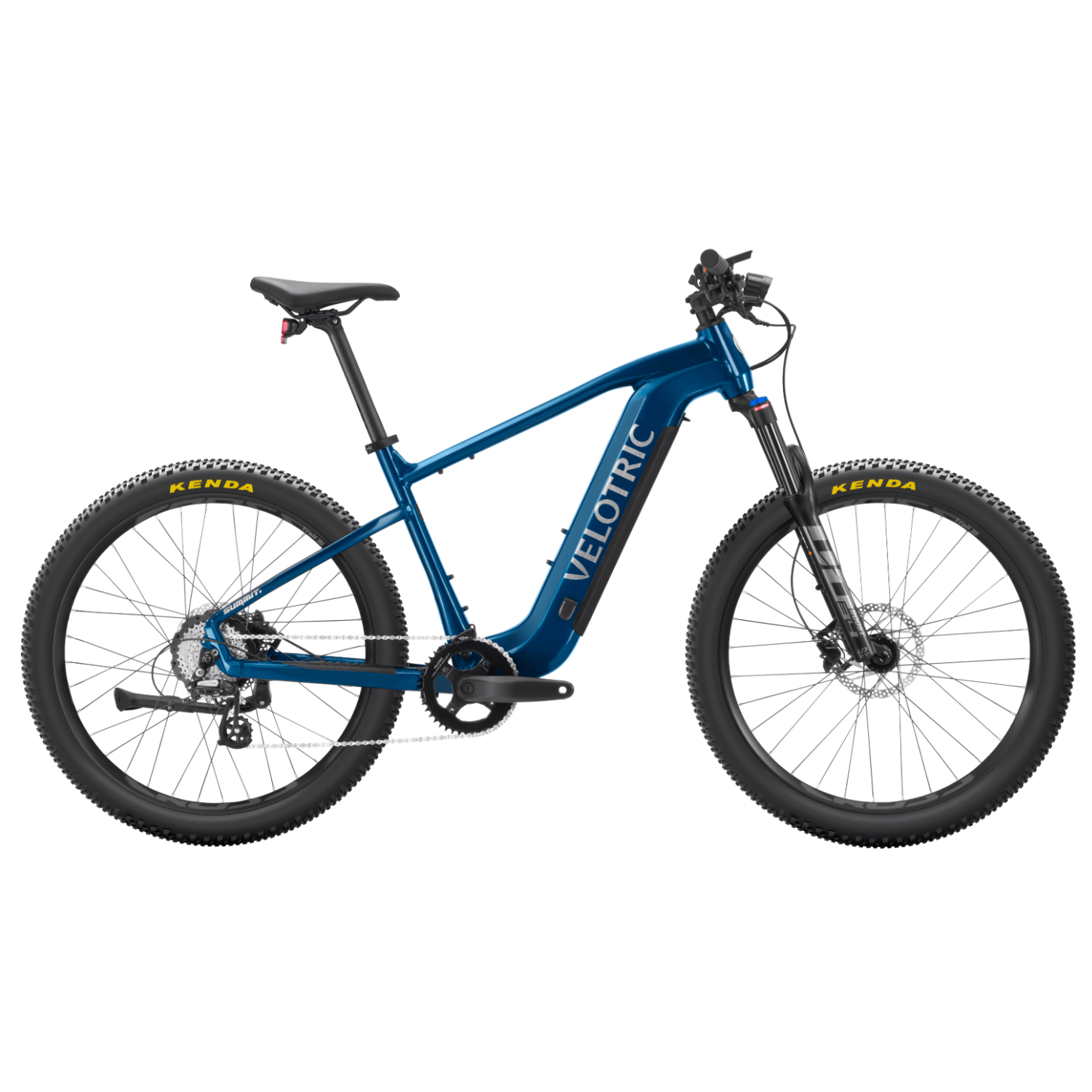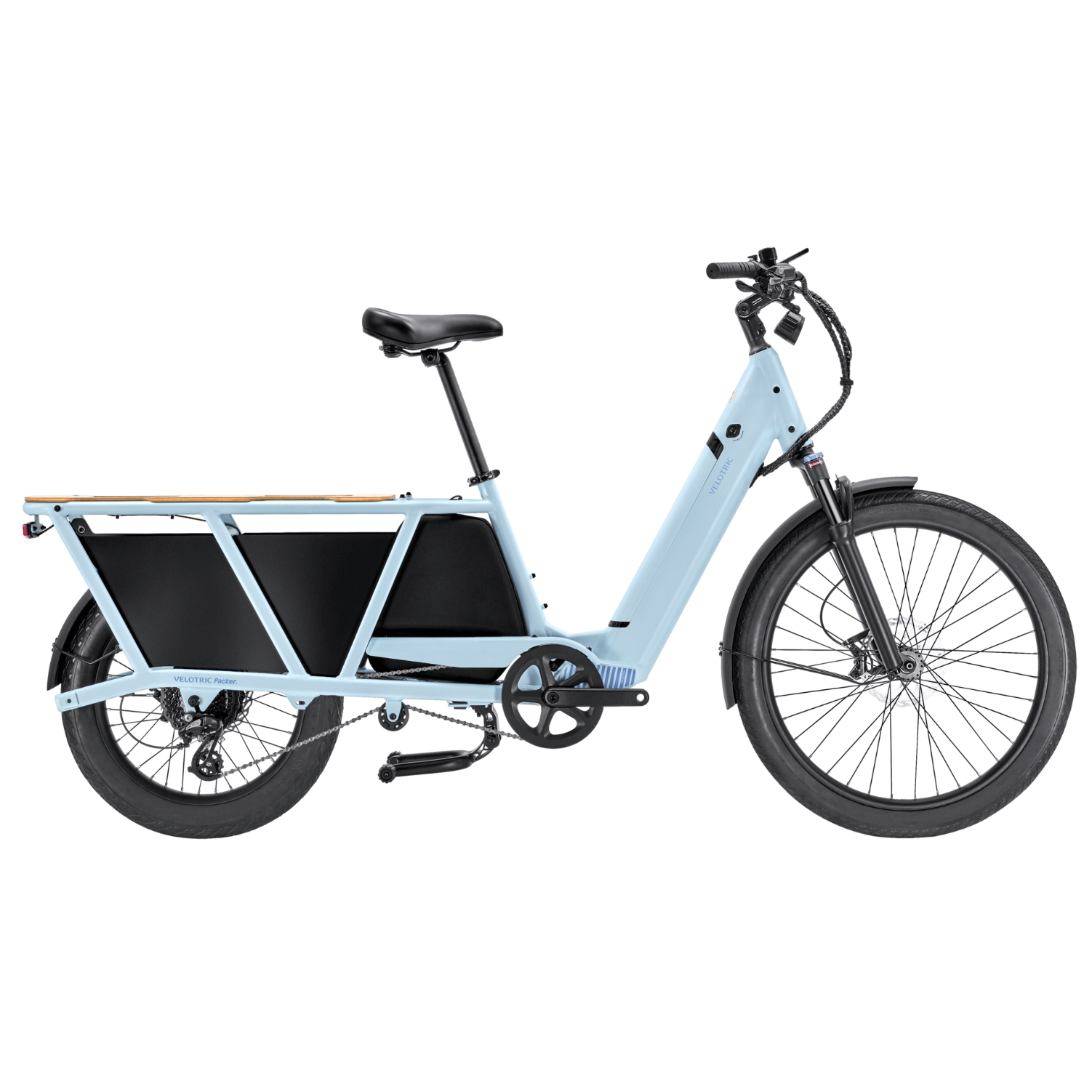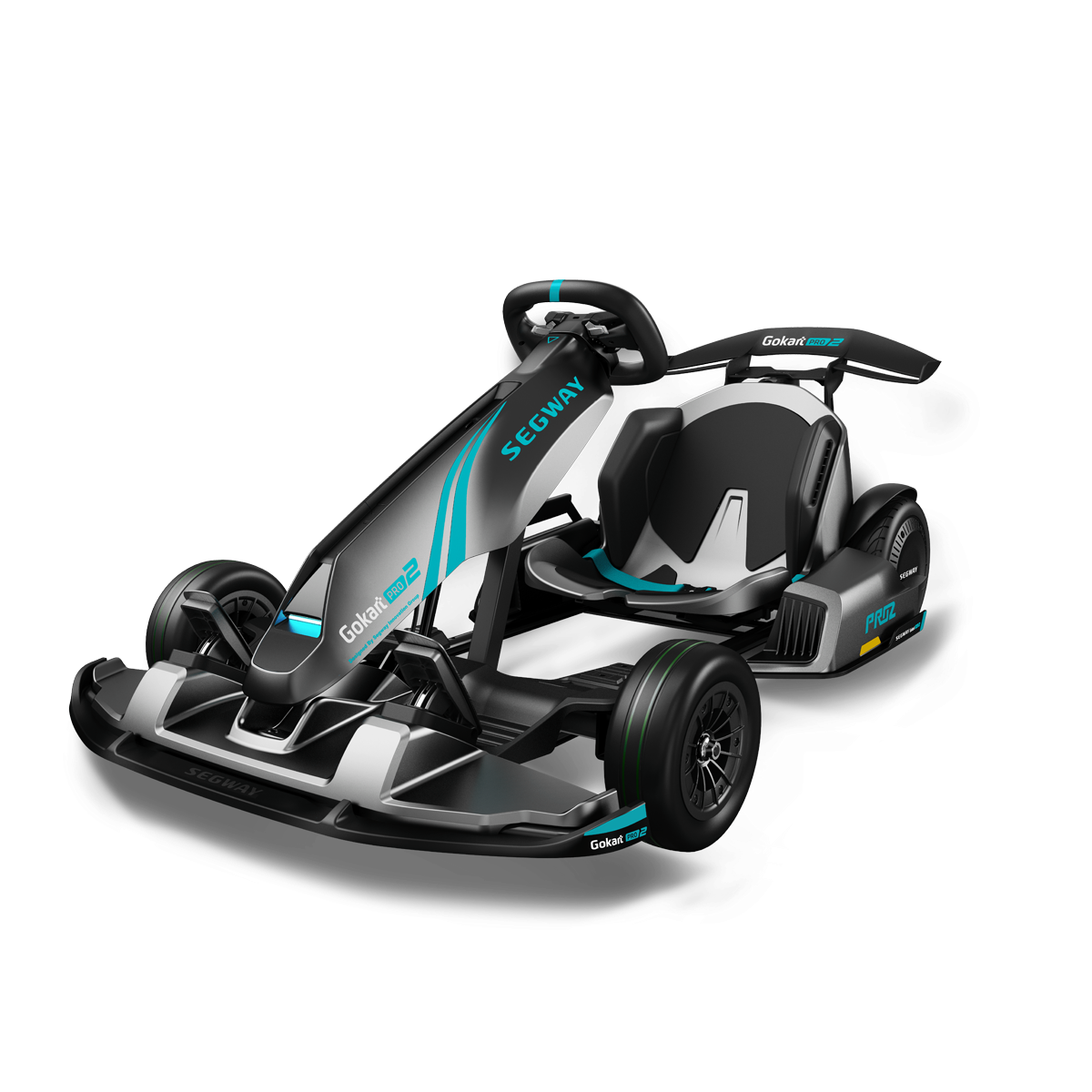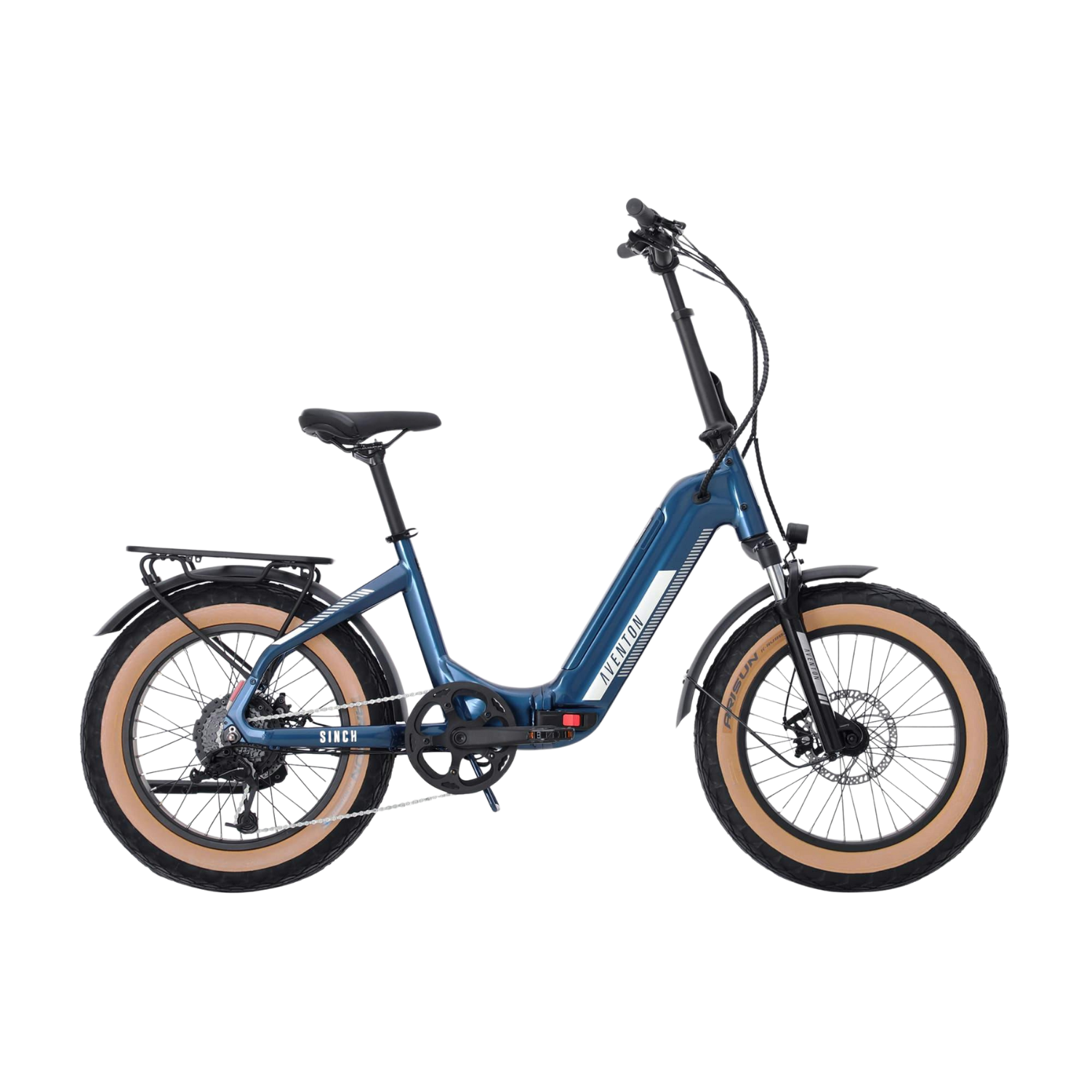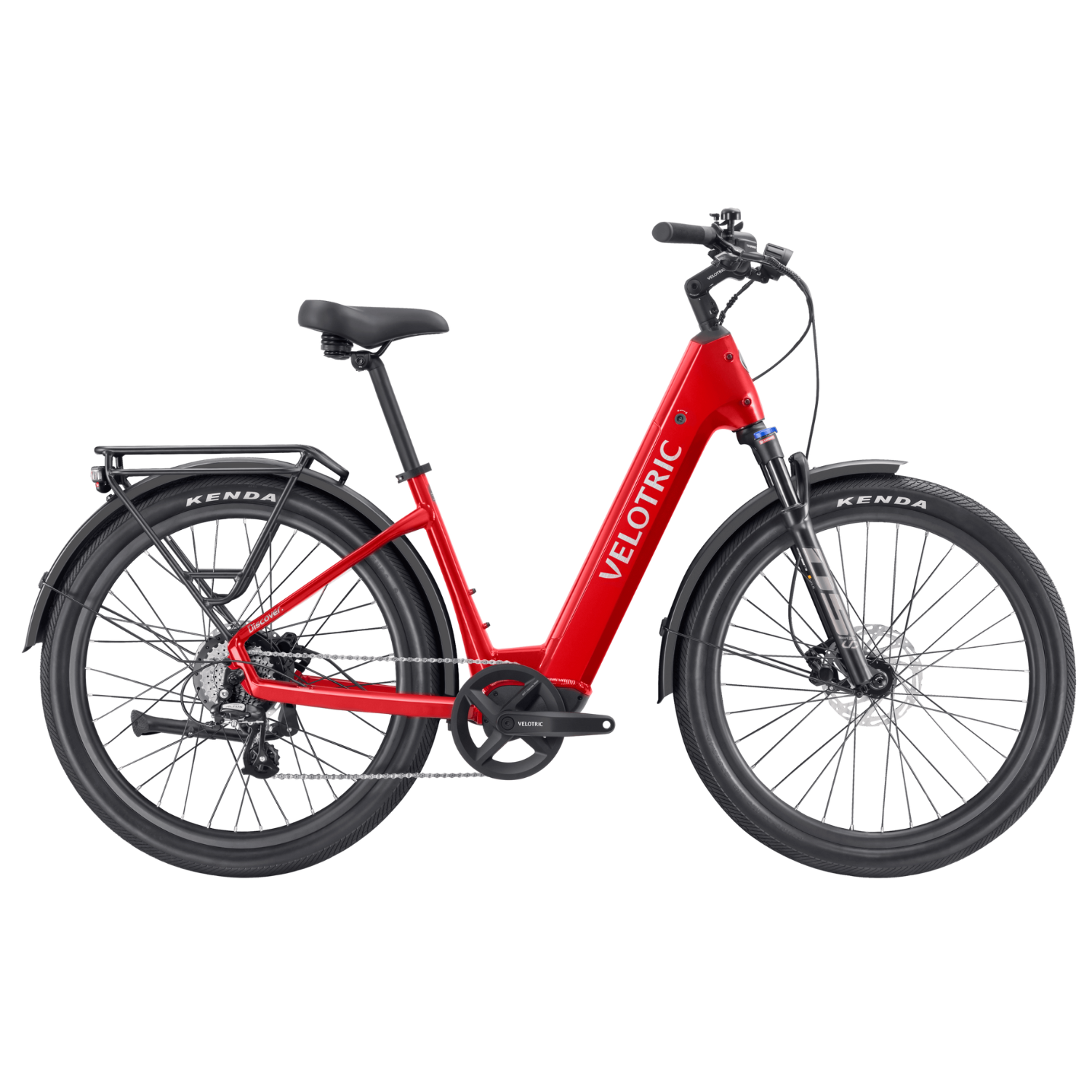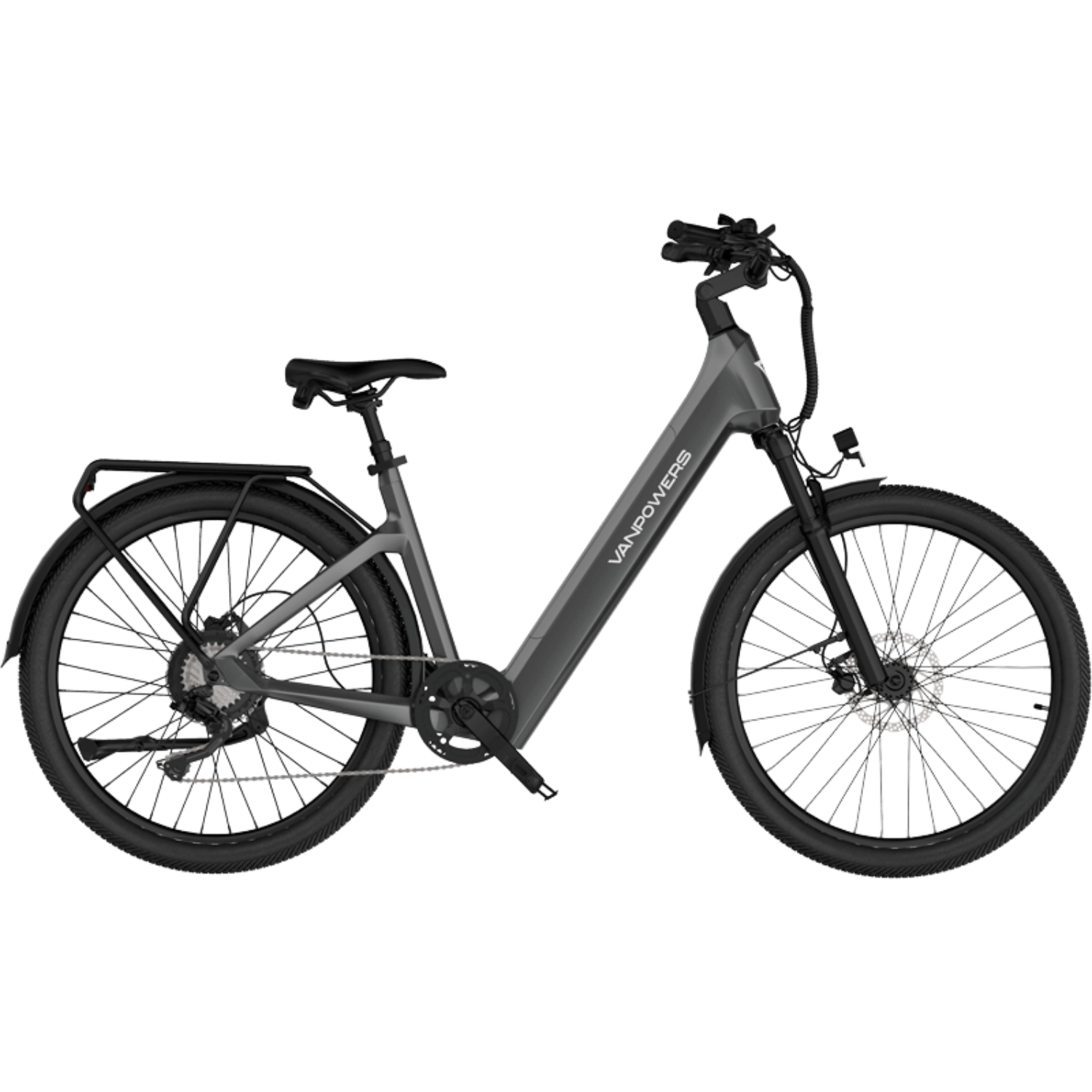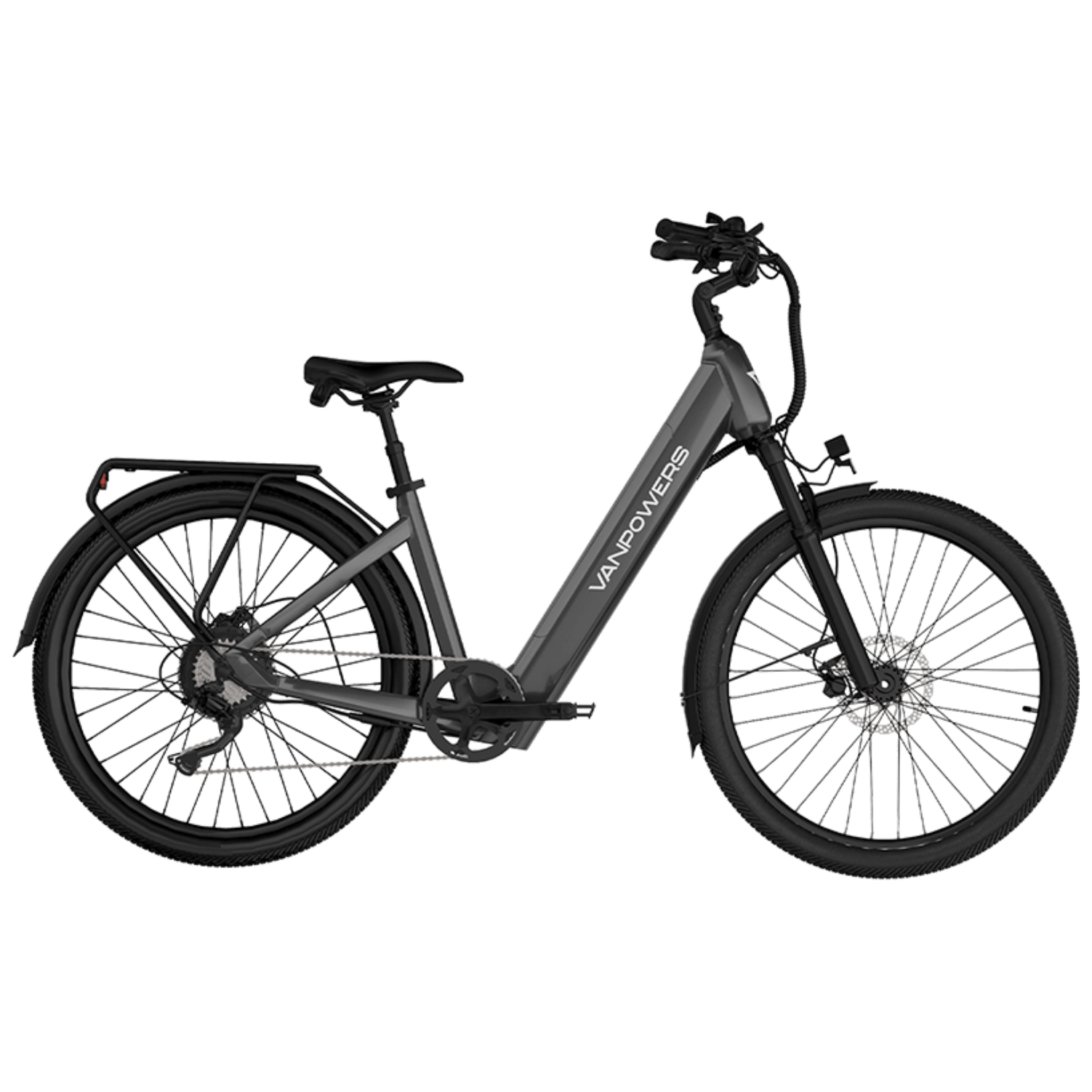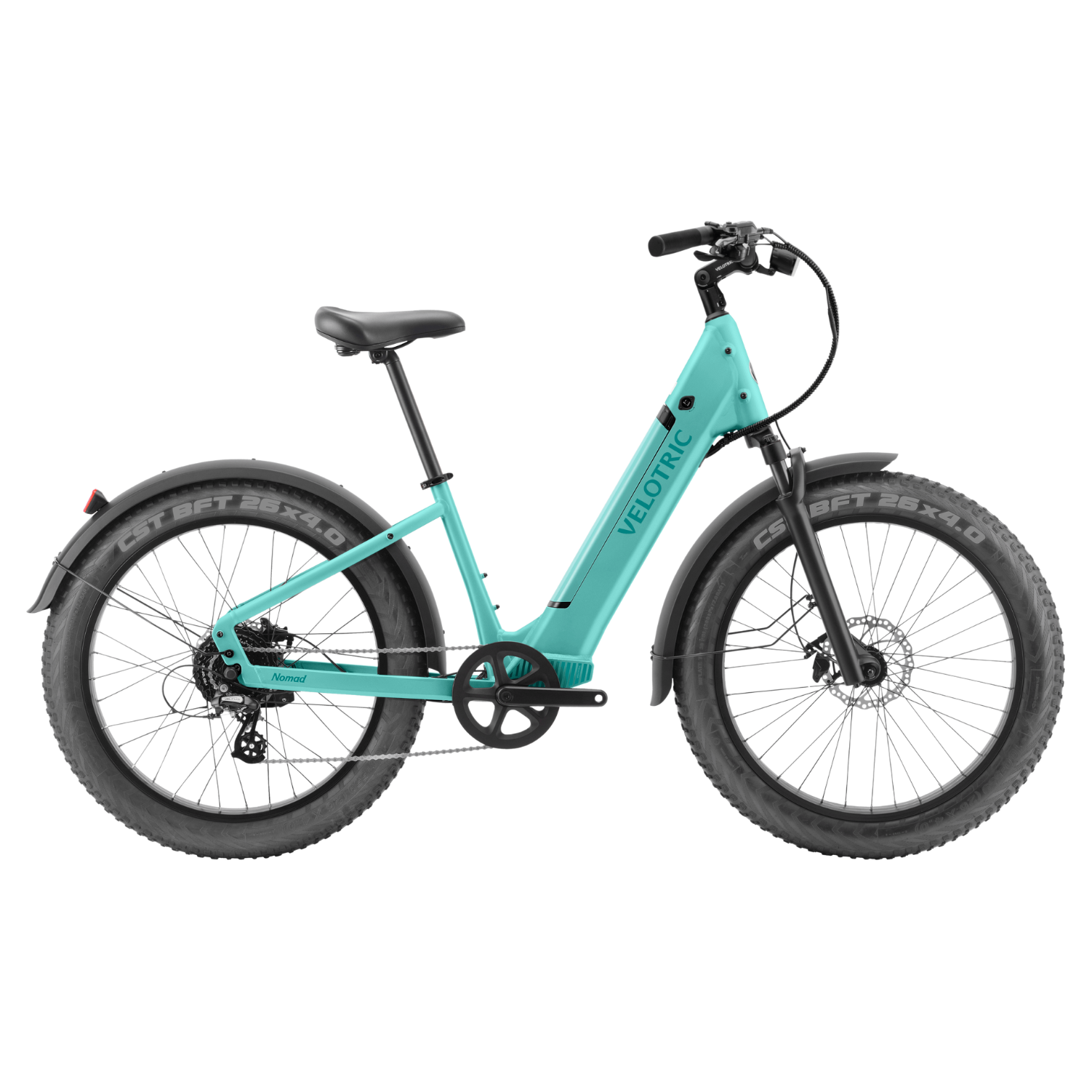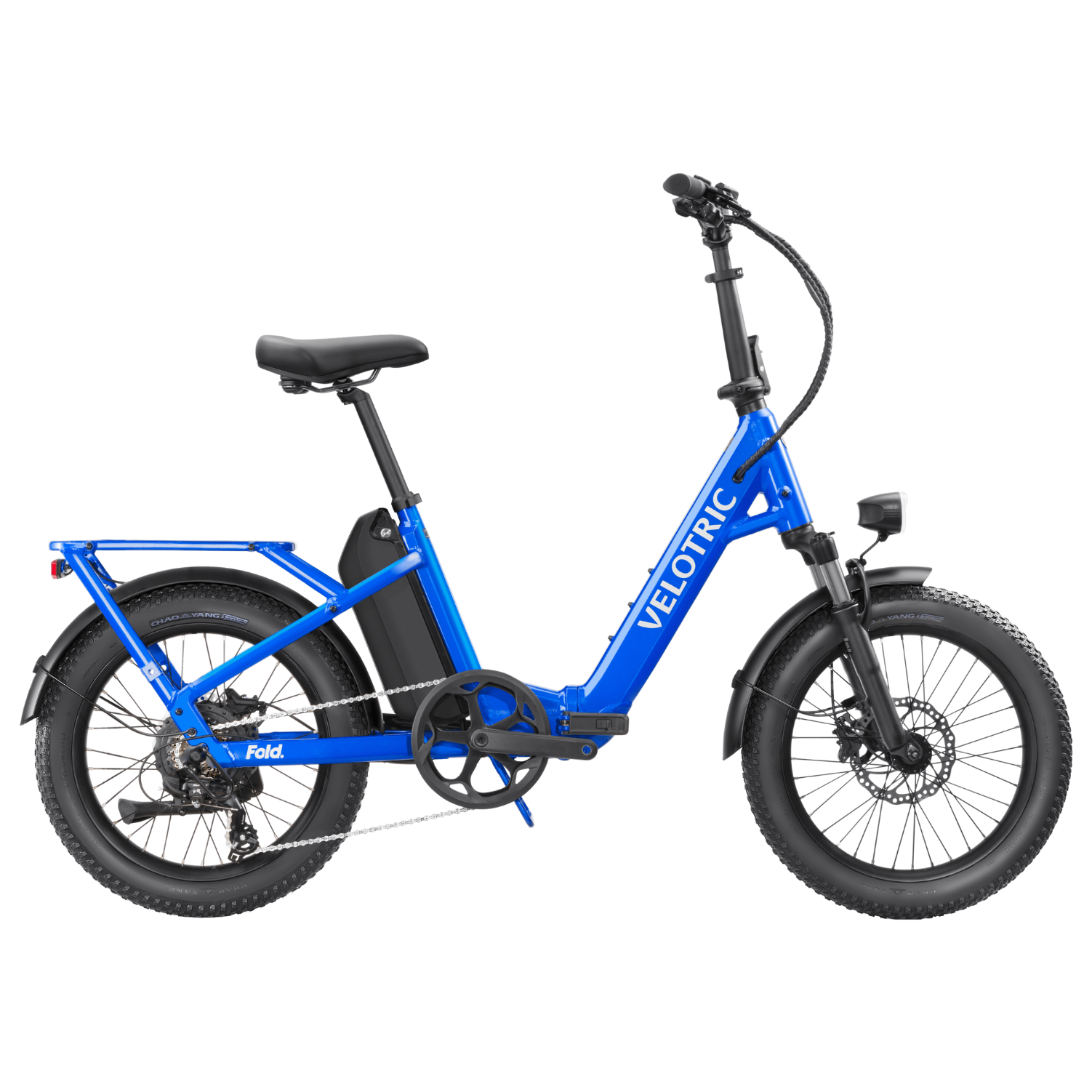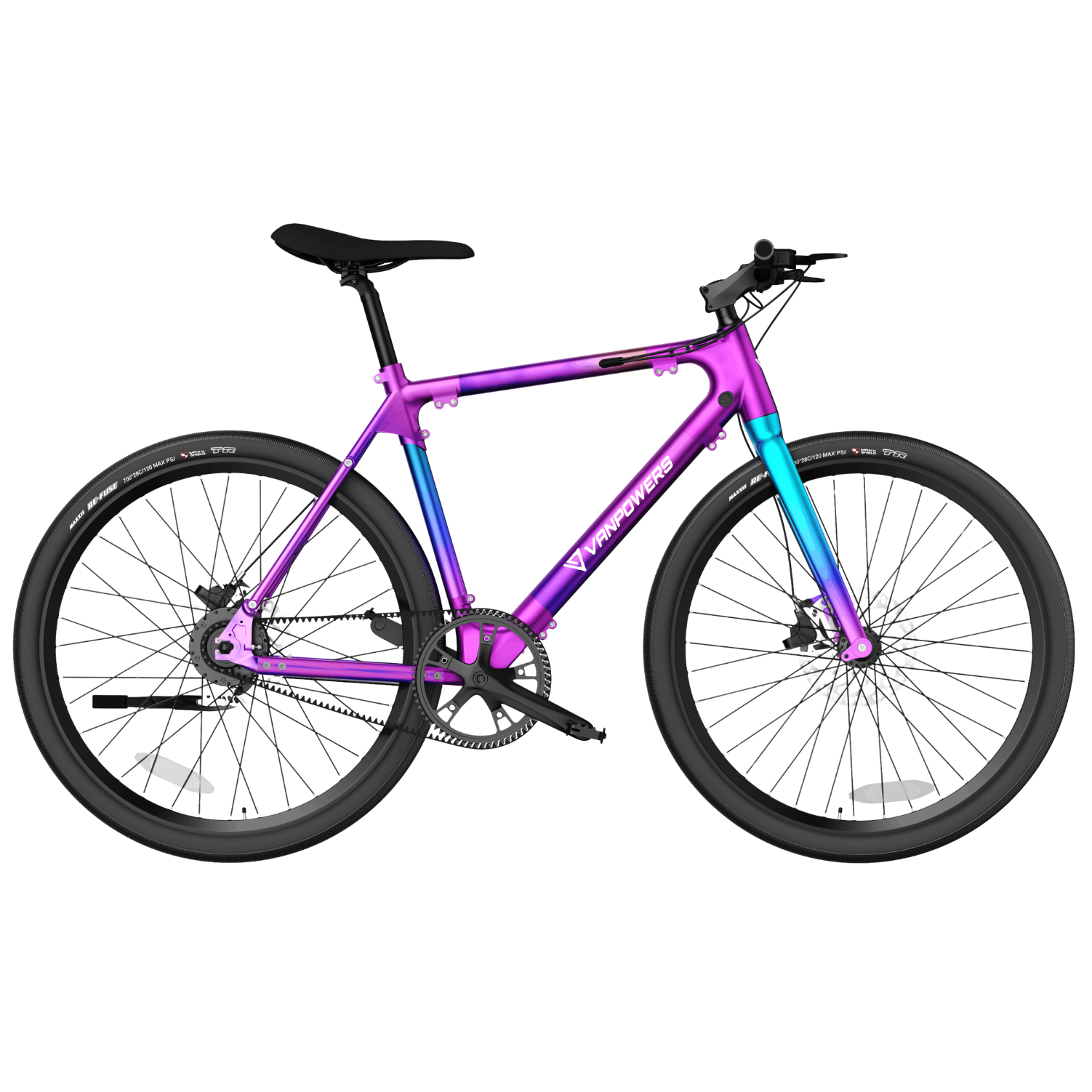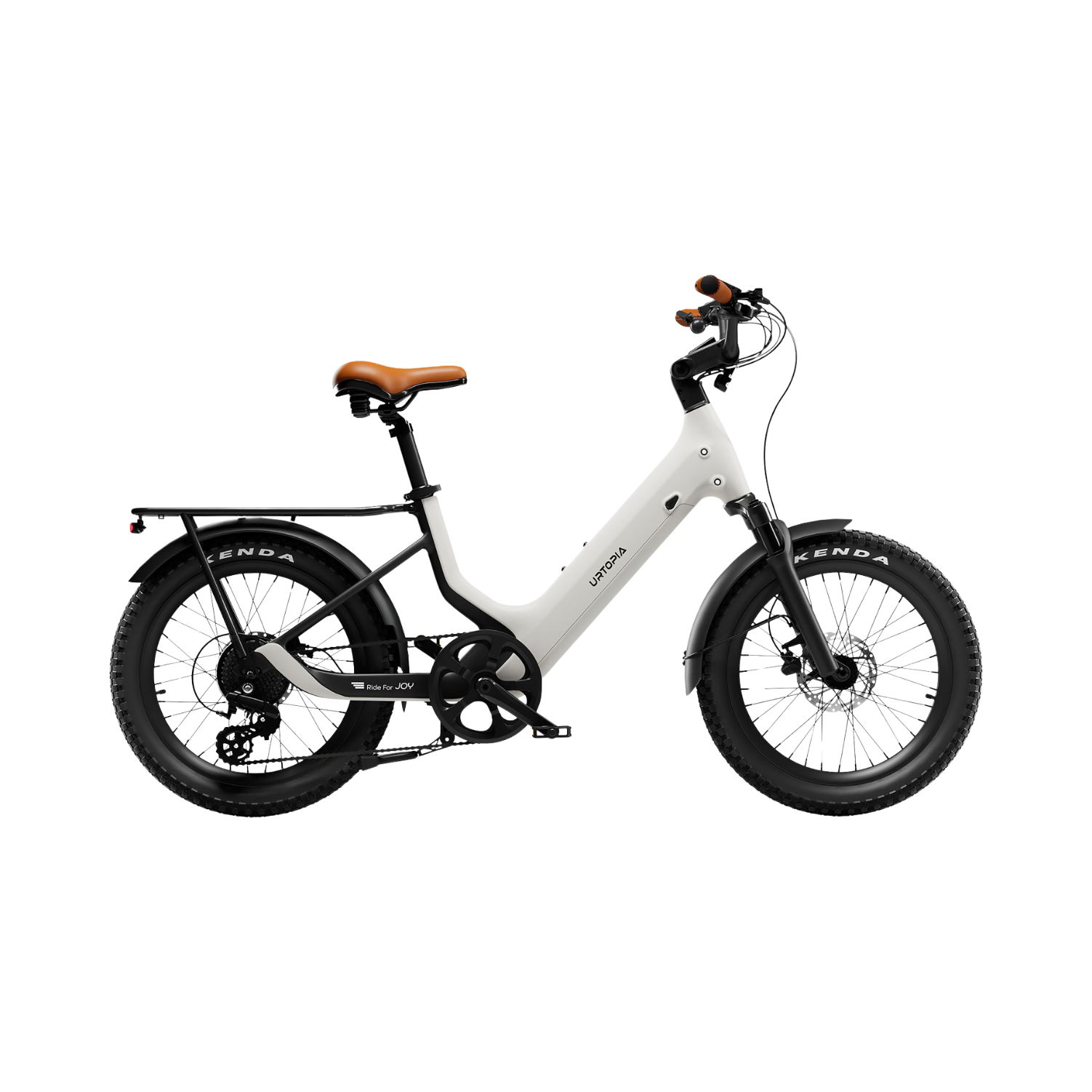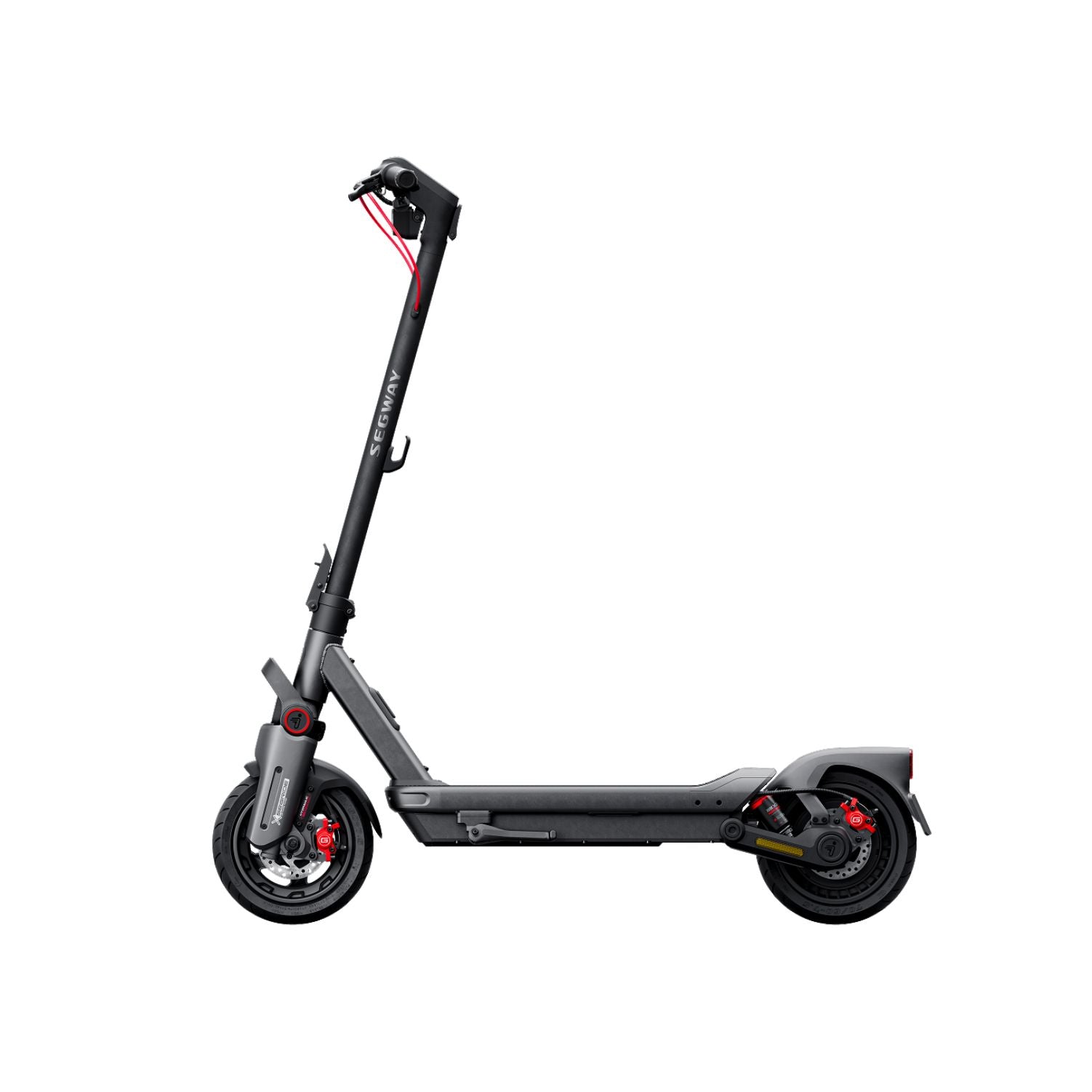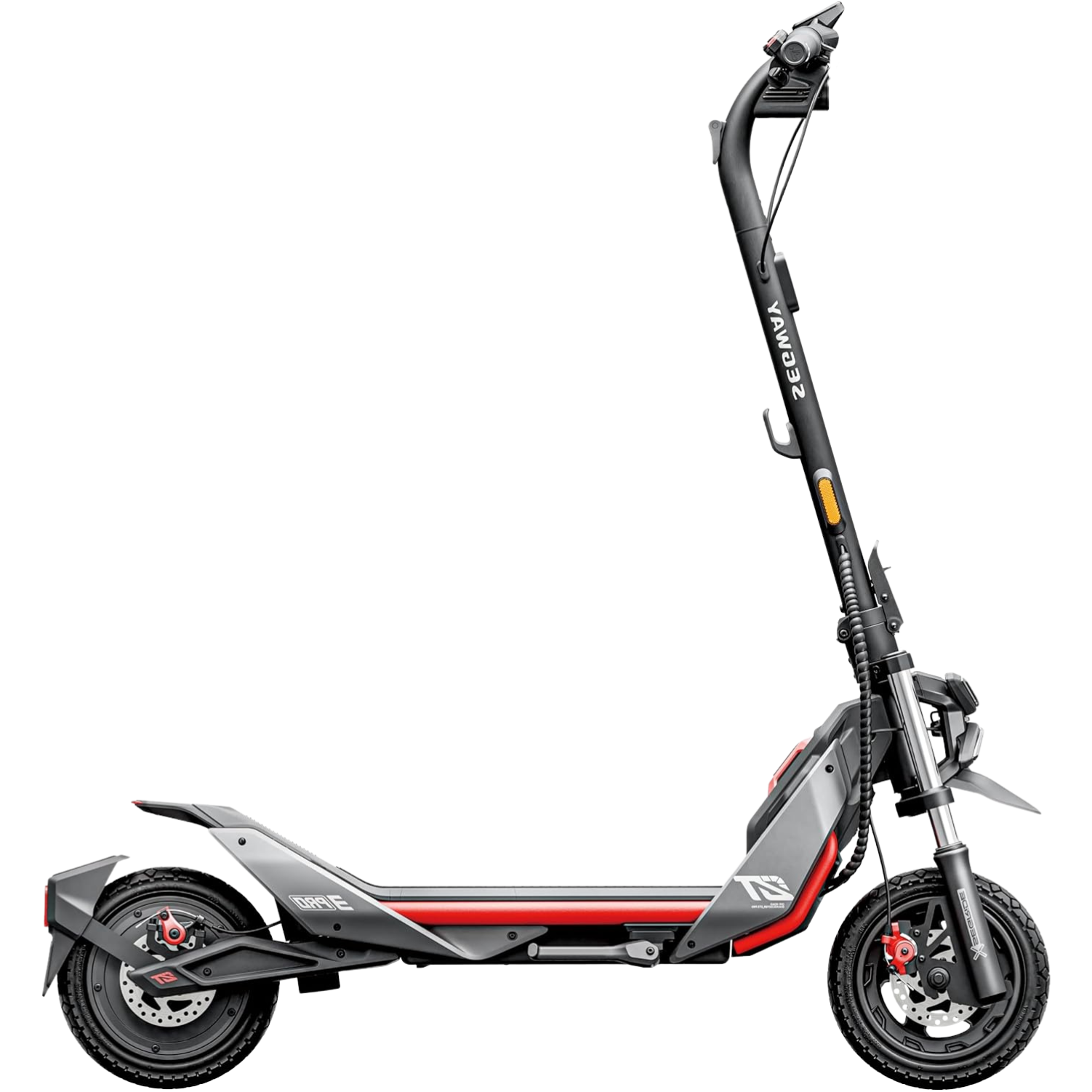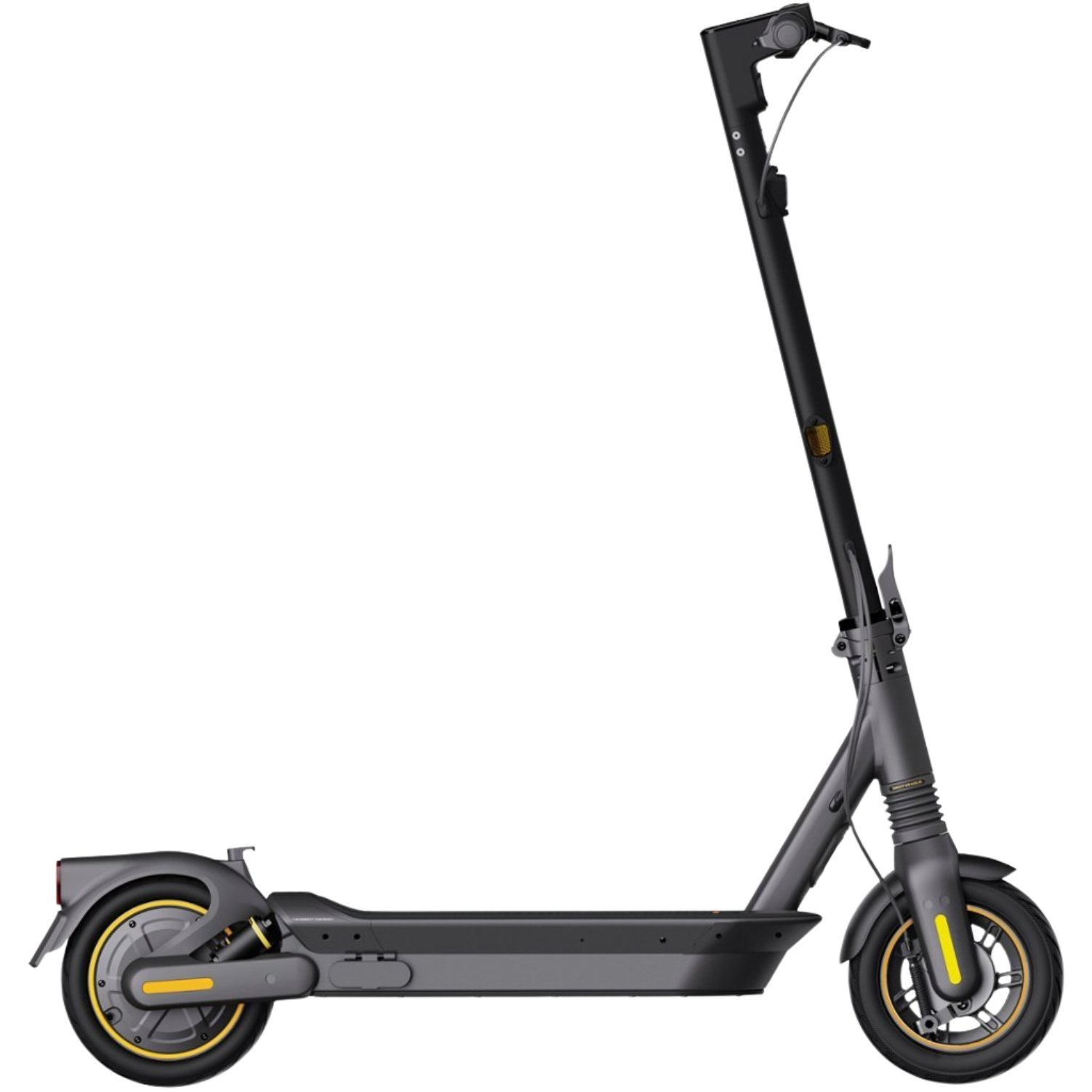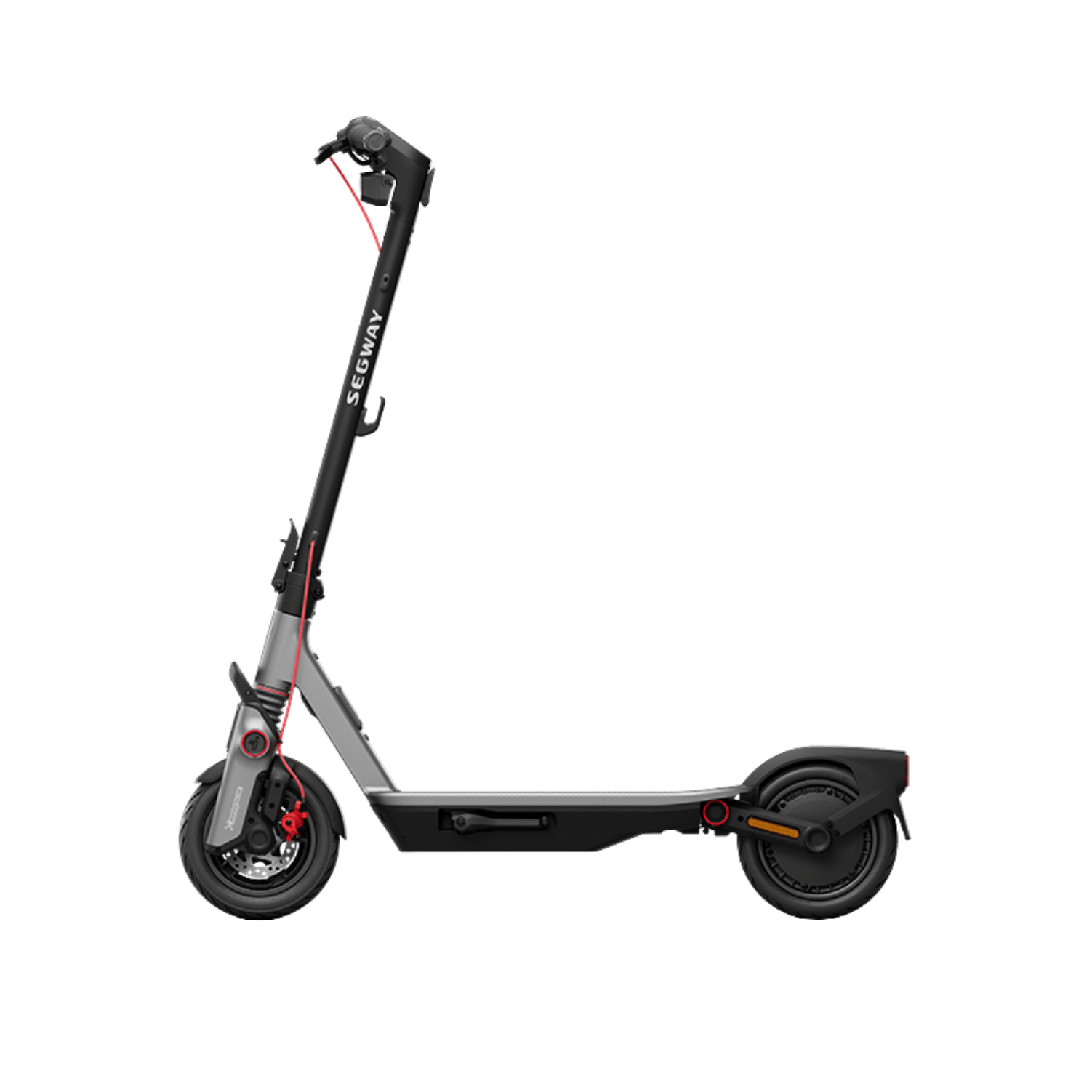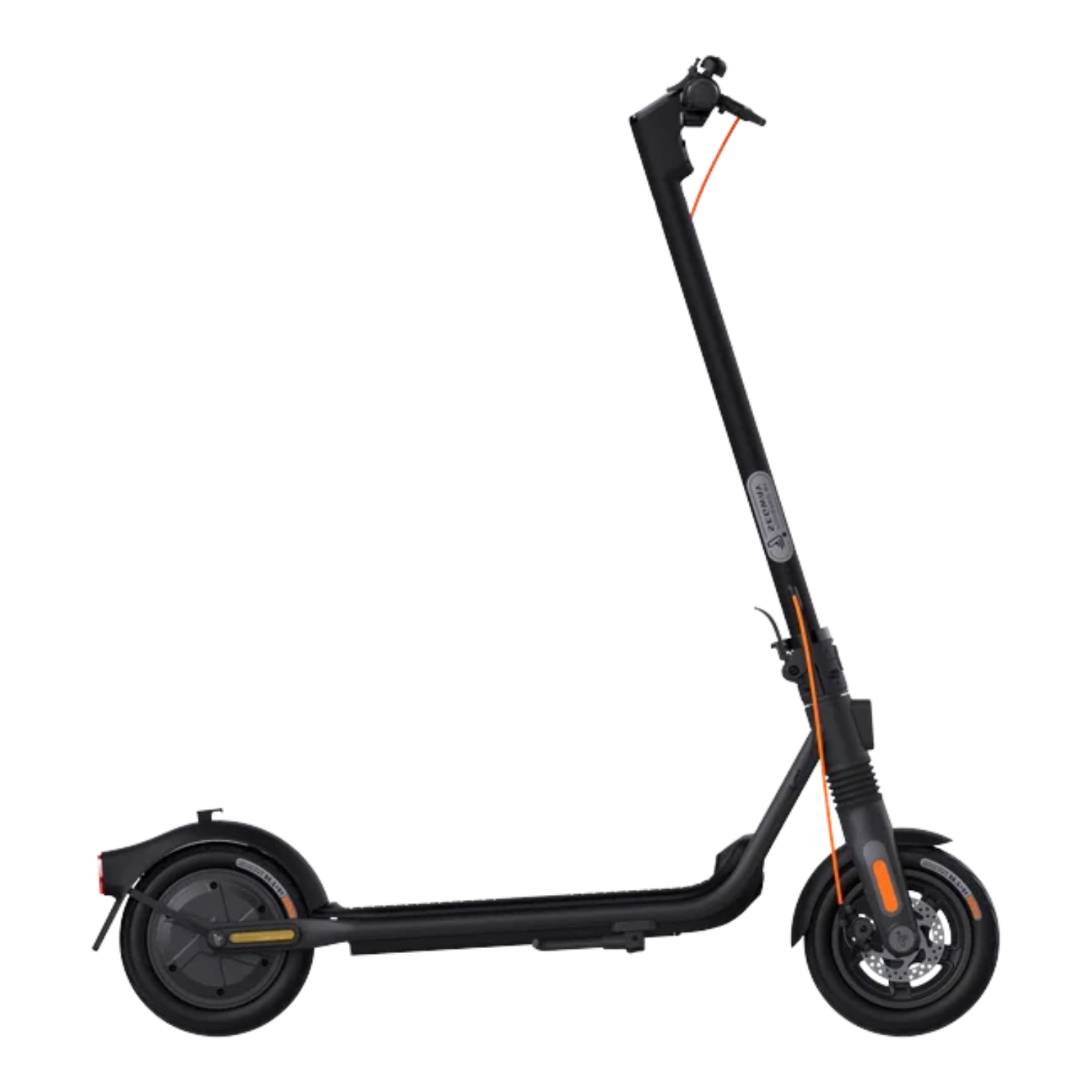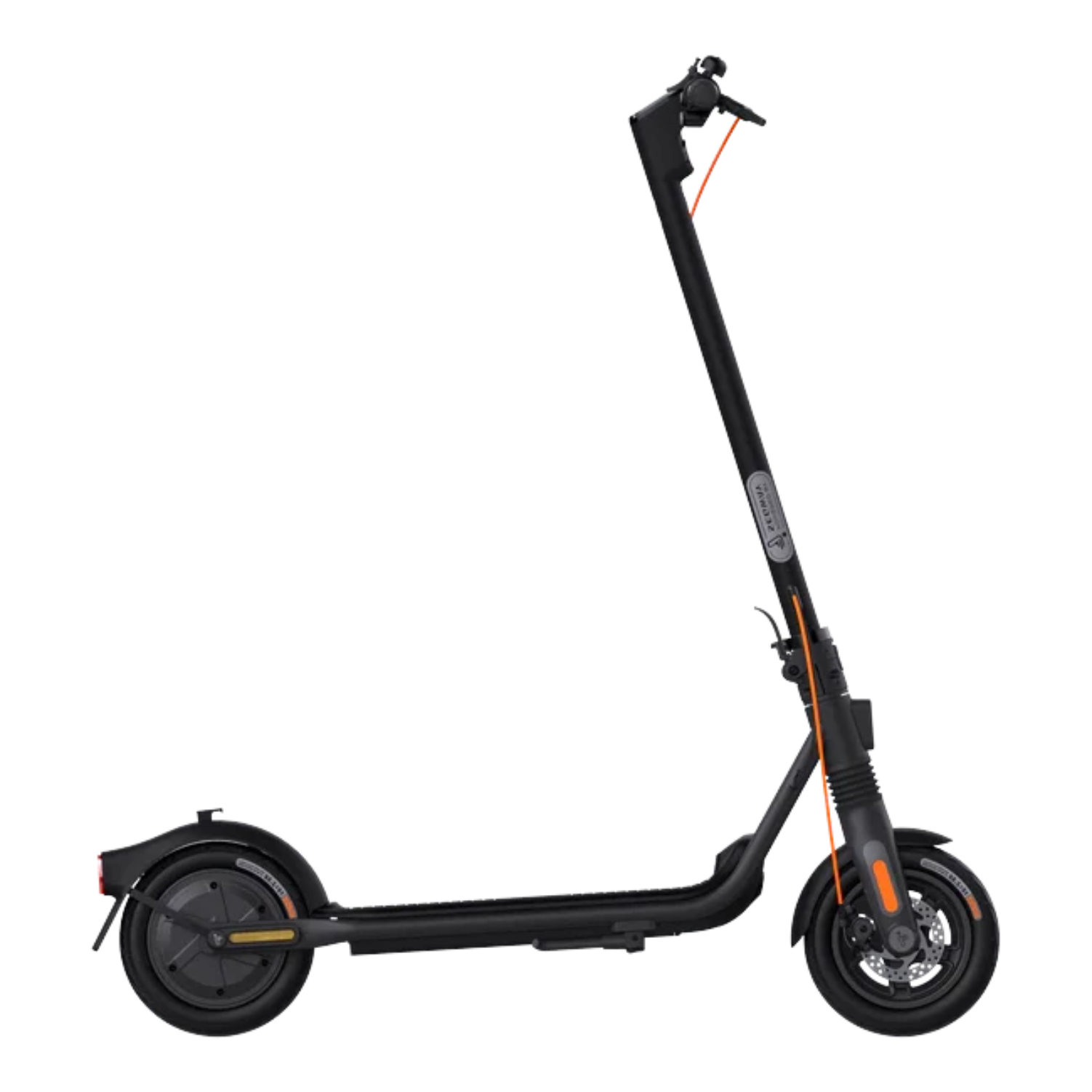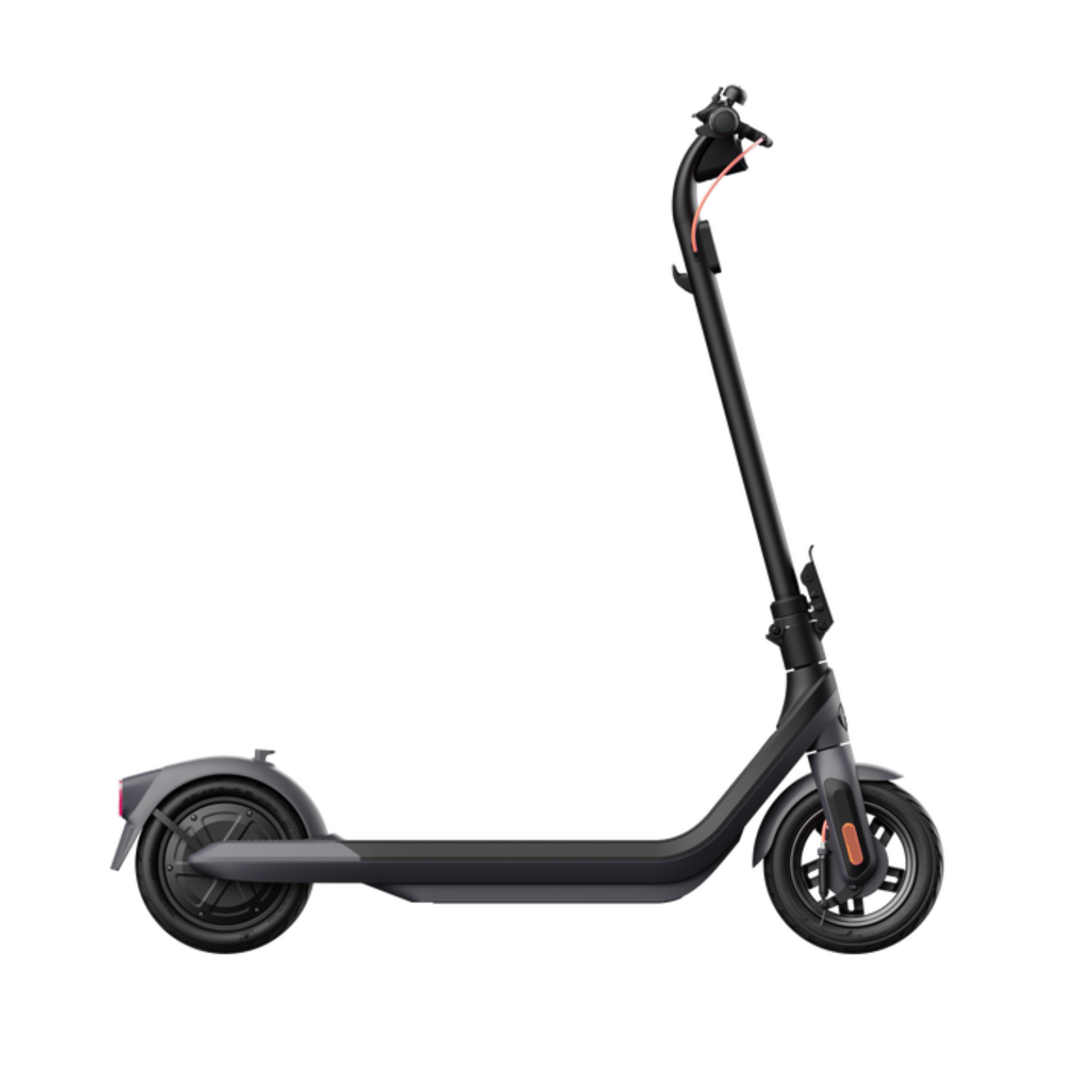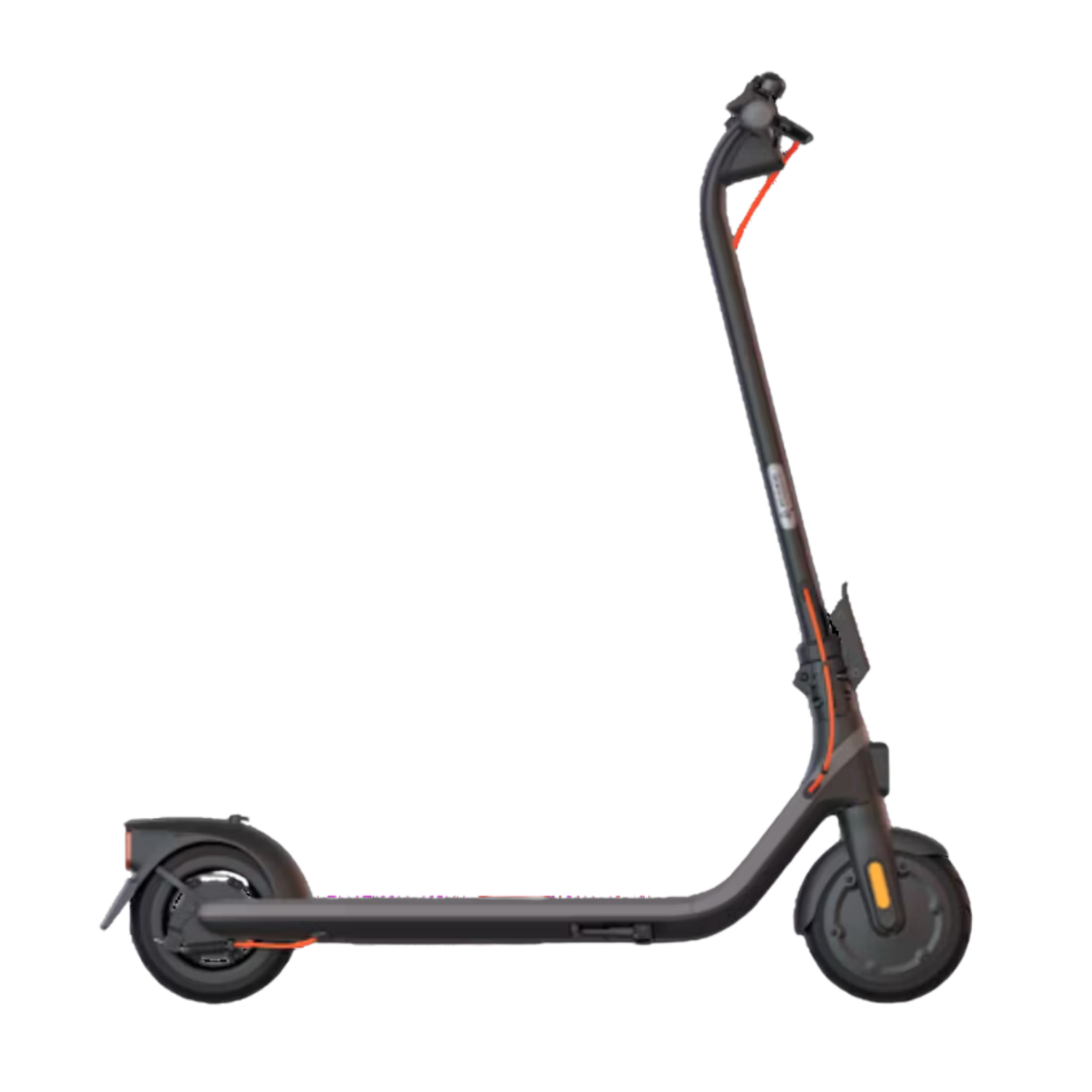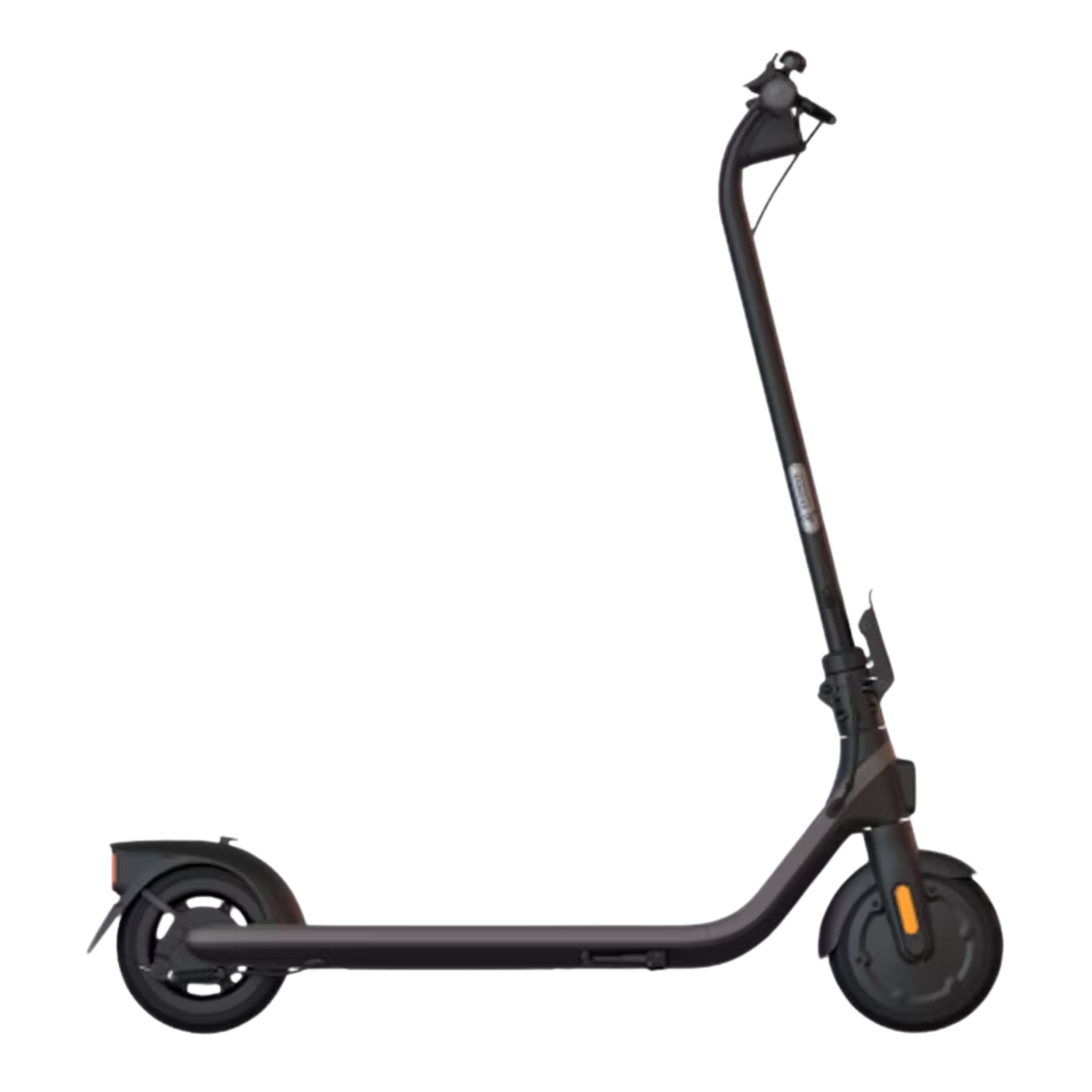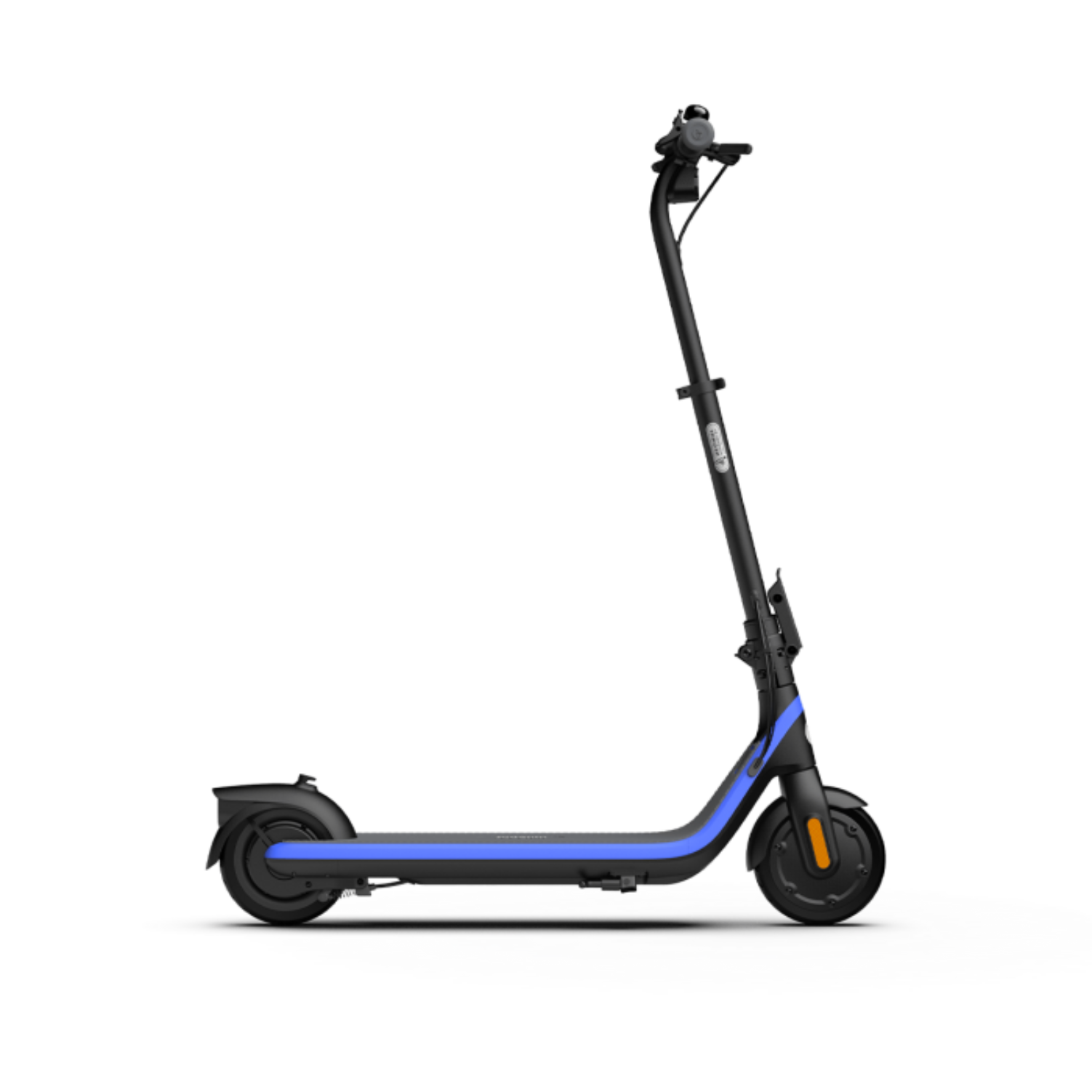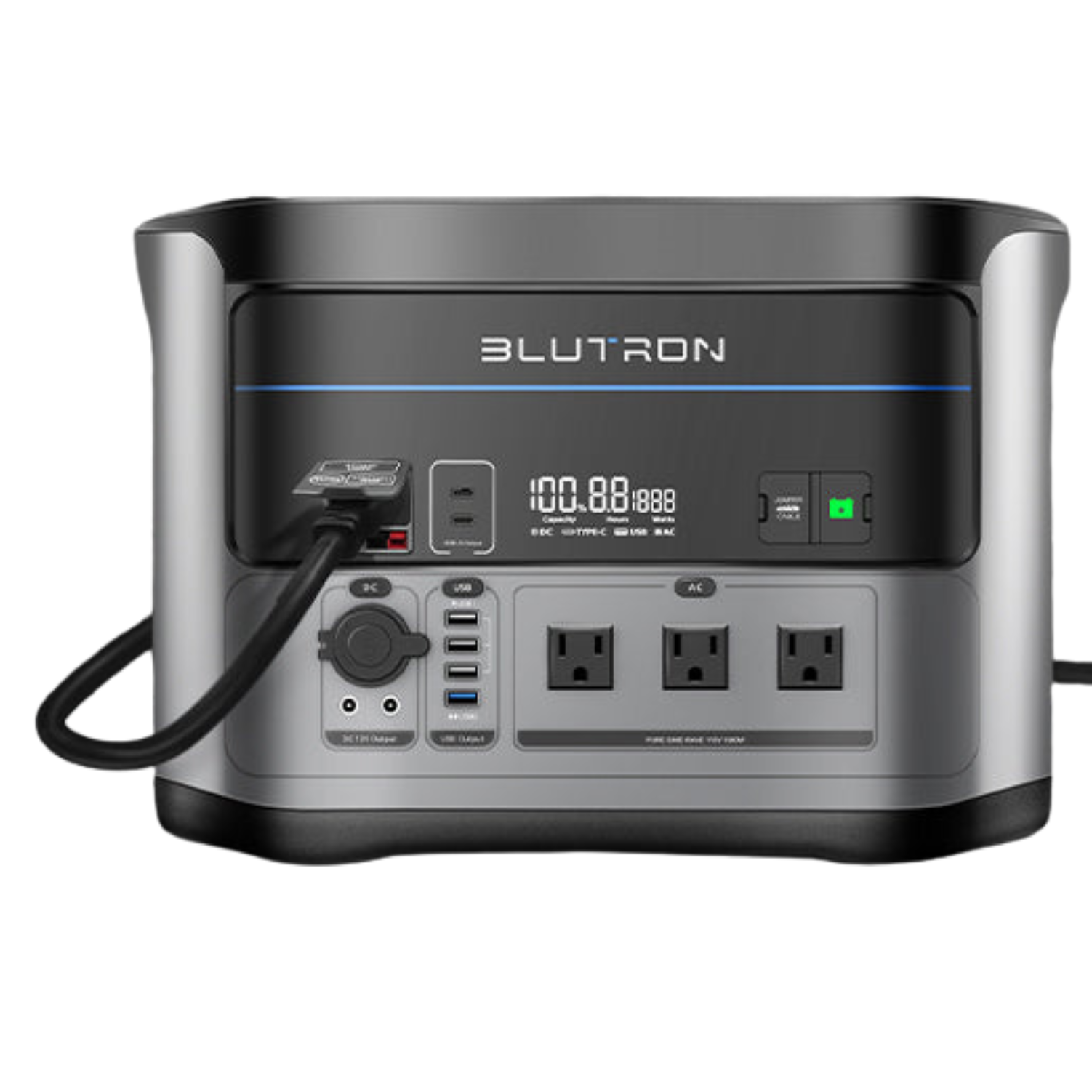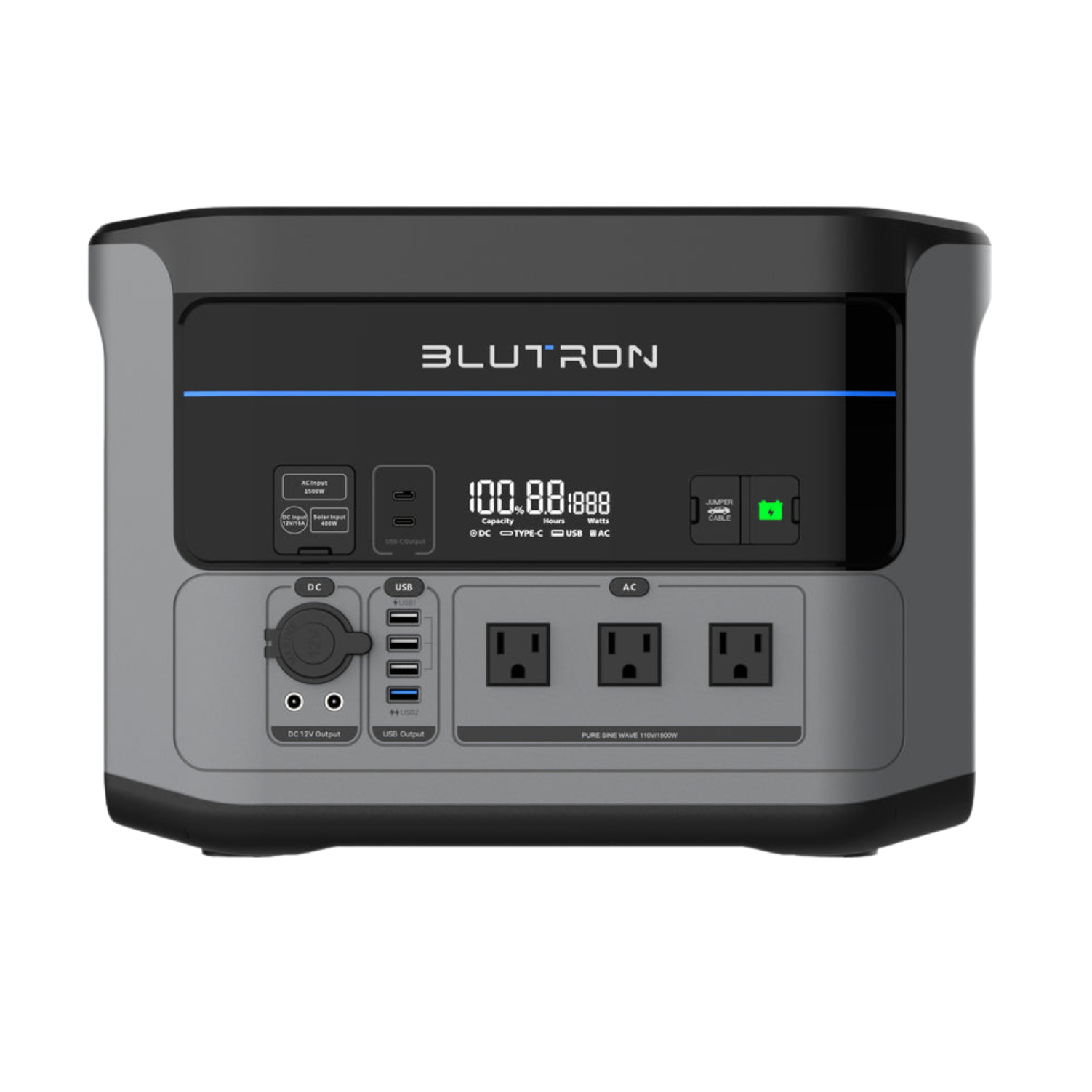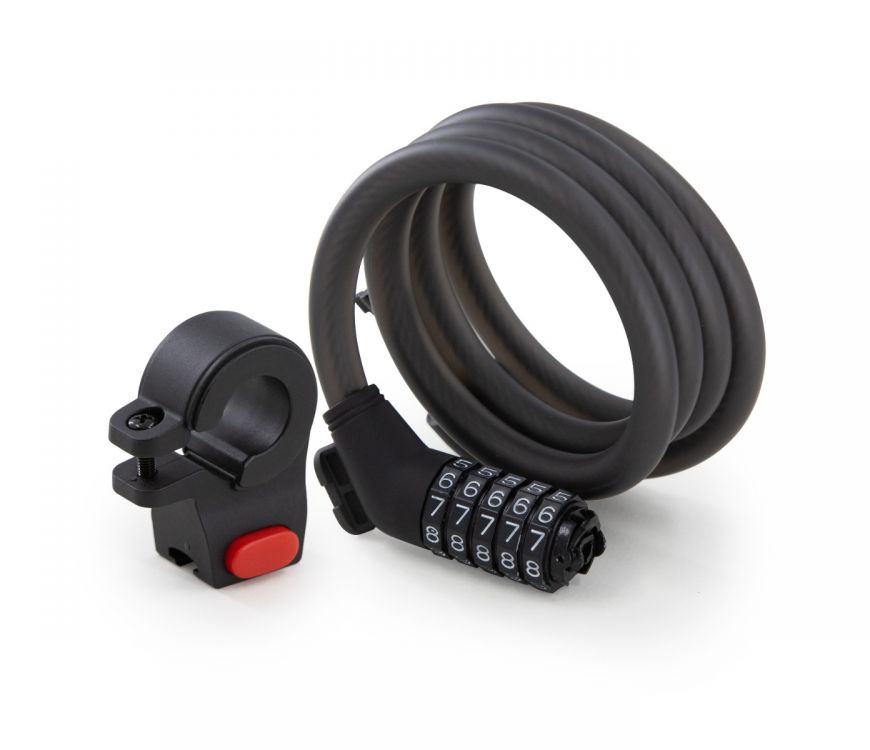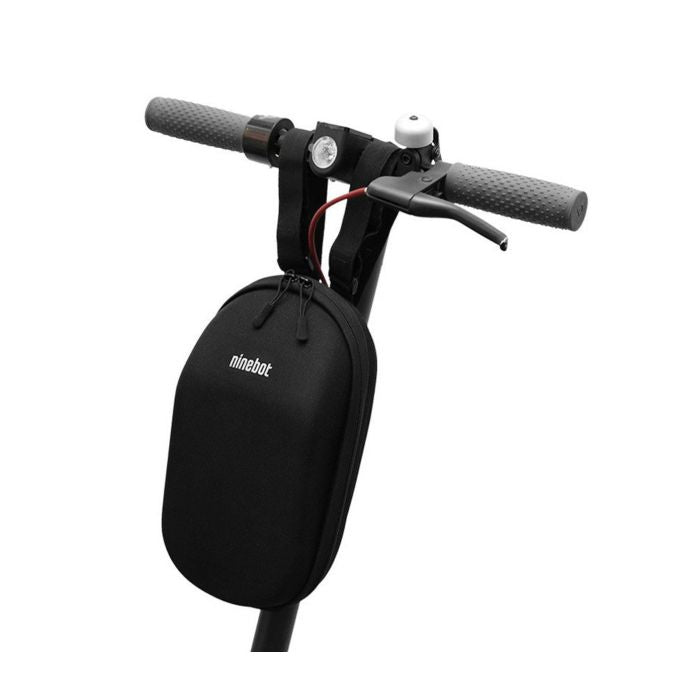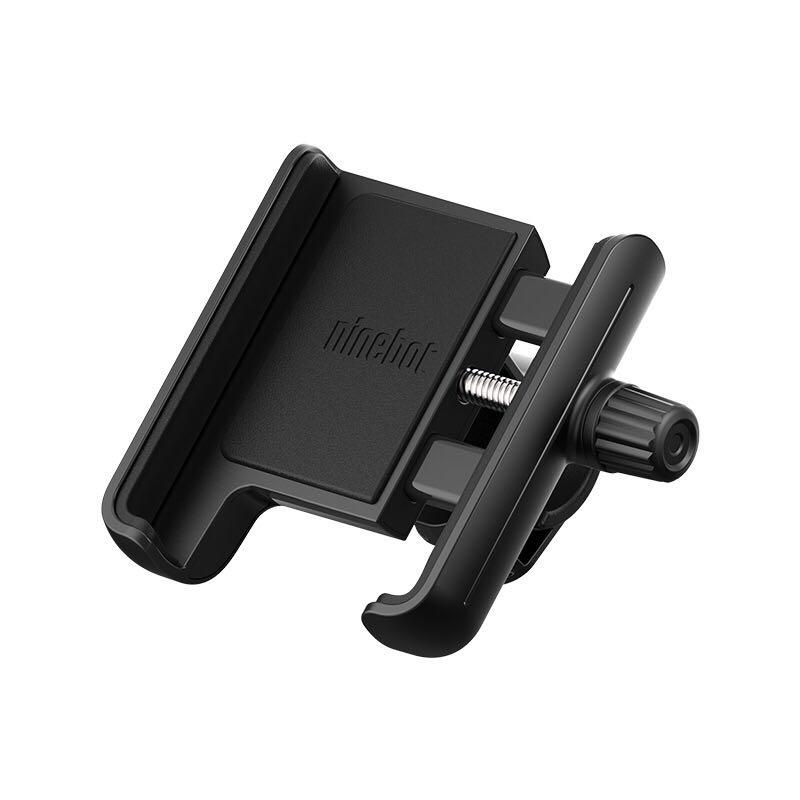Stop Faster. Ride Safer. Why ABS is the Future of E-Scooter Safety
Anti-Lock Braking Systems (ABS) have been a proven safety technology in cars and motorcycles for decades. Now they’re arriving on modern electric scooters and e-bikes in Canada. With collisions and harsh riding conditions on the rise in cities like Toronto, Vancouver, and Montreal, ABS is emerging as a critical safety feature that can prevent falls, keep steering control, and protect your investment.
- ABS reduces the risk of wheel lock and skidding on low-grip surfaces.
- Maintains steering control during sudden or emergency stops.
- Now available on select e-scooters from leading brands (e.g., Segway; some high-end performance scooters).
1. What Exactly Is ABS?

ABS prevents your wheels from locking when you brake hard. Instead of skidding, the system modulates (pulses) brake pressure several times per second so the tire keeps gripping the road. The result: you can brake hard and still steer.
How e-scooter ABS works: a tiny speed sensor reads wheel rotation; a controller reduces and reapplies brake force when it detects rapid deceleration that would lock the wheel. On many scooters this modulation happens in the electronic brake circuit, and on some models it also coordinates with the mechanical brake.
For Canadian riders, ABS helps most on:
- Wet pavement and painted lines after rain
- Light snow or slush at intersections
- Gravel, potholes, metal grates, and uneven surfaces
Think of ABS as a digital co-pilot that intervenes only when grip is about to be lost.
2. Why ABS Matters in Canada
With unpredictable weather, mixed road surfaces, and dense traffic, Canadian conditions amplify the downside of wheel lock. ABS minimizes these risks by matching brake force to available traction so you keep balance and directional control.
- Toronto: Wet rails and crosswalk paint can spike skid risk.
- Vancouver: Frequent rain lowers grip even at low speeds.
- Montreal: Steep grades and winter shoulder seasons magnify lock-up on descents.
ABS & regen braking: Many scooters blend electronic regenerative braking with mechanical brakes. ABS helps keep the front wheel rolling while the controller moderates regen so the tire doesn’t slide on slick surfaces.
3. Proven Safety Benefits
Independent testing consistently shows ABS improves outcomes when traction is low:
- Controlled tests on e-bikes show ABS can shorten stopping distance on slippery surfaces and improve stability (The Brake Report).
- ABS helps riders use maximum brake force without immediate wheel lock (AckoDrive).
- Motorcycle studies associate ABS with a significant reduction in fatal crash risk (IIHS), and the stability principles carry over to small-wheeled vehicles.
ABS is not a license to tailgate—it’s a margin of safety when surfaces change suddenly.
4. Which E-Scooters Offer ABS?
ABS availability is growing but still limited to select models and trims:
- Segway Ninebot Max G2 family — popular commuter line with electronic ABS-style modulation on select versions.
- Performance brands (e.g., Dualtron on particular models) — user-adjustable electronic ABS sensitivity on some units.
- European premium lines — gradually adding ABS to flagship commuter scooters.
Choosing from an authorized Canadian dealer ensures firmware, parts, and warranty support are in place if service is ever needed.
5. ABS vs. Standard Brakes
| Feature | ABS Brake | Traditional Brake |
|---|---|---|
| Skid Risk | Low; wheel keeps rolling | High in panic stops |
| Stopping Consistency | More consistent on wet/slippery | Varies with grip and rider input |
| Steering Control | Maintained while braking | Often lost if wheel locks |

6. Key Considerations Before You Buy
- ABS feedback: A gentle pulsing sensation at the lever is normal—it’s the system modulating pressure.
- Loose gravel/sand: ABS may slightly lengthen stopping distance here, but it preserves balance and steering.
- Maintenance: Keep brake pads, rotors, and tires in good condition; have sensors/connectors inspected on schedule.
- Retrofits: Treat aftermarket “ABS” claims cautiously—true ABS needs factory integration and calibration.
Match the system to your use: daily commuters in wet climates benefit most from ABS-equipped models.
Tire choice matters: A quality tire with proper pressure often yields a larger real-world safety gain than any single component. Combine grippy tires + ABS for best results. Browse approved parts & accessories.
7. The Future of ABS in Micro-Mobility
- ABS + traction control: Coordinated systems to stabilize during cornering on wet paint or metal.
- Predictive control: Controllers that adapt to rider style, load, and live weather data.
- Geo-fenced limits: City-friendly modes that reduce top speed and increase braking support in high-risk zones.
- Insurance alignment: Carriers increasingly rewarding certified safety tech on personal mobility devices.
8. FAQ
Do I still need to ride defensively?
Yes. ABS maximizes available grip; it can’t create grip where none exists.
Does ABS work in snow?
Yes. It’s most valuable when traction is low, helping you stay upright while braking. Reduce speed and increase following distance regardless.
Will ABS shorten every stop?
Not always. On clean, dry pavement a skilled rider may match ABS distances. ABS shines when surfaces change suddenly.
Buyer’s Checklist (Canada)
- ABS-equipped model from an authorized Canadian reseller
- Hydraulic or cable disc brakes in good condition
- Grippy, season-appropriate tires and correct pressures
- Spare brake pads + regular service intervals
- Helmet and visibility gear from our safety accessories
Conclusion
ABS isn’t a gimmick—it’s a real safety upgrade for e-scooter riders in Canada. From Toronto’s wet tracks to Vancouver rain and Montreal’s shoulder-season ice, ABS helps you brake hard without losing balance or steering. If you want safer commuting, better stability, and more confidence, prioritize an ABS-equipped scooter—and pair it with good tires and smart riding habits.



